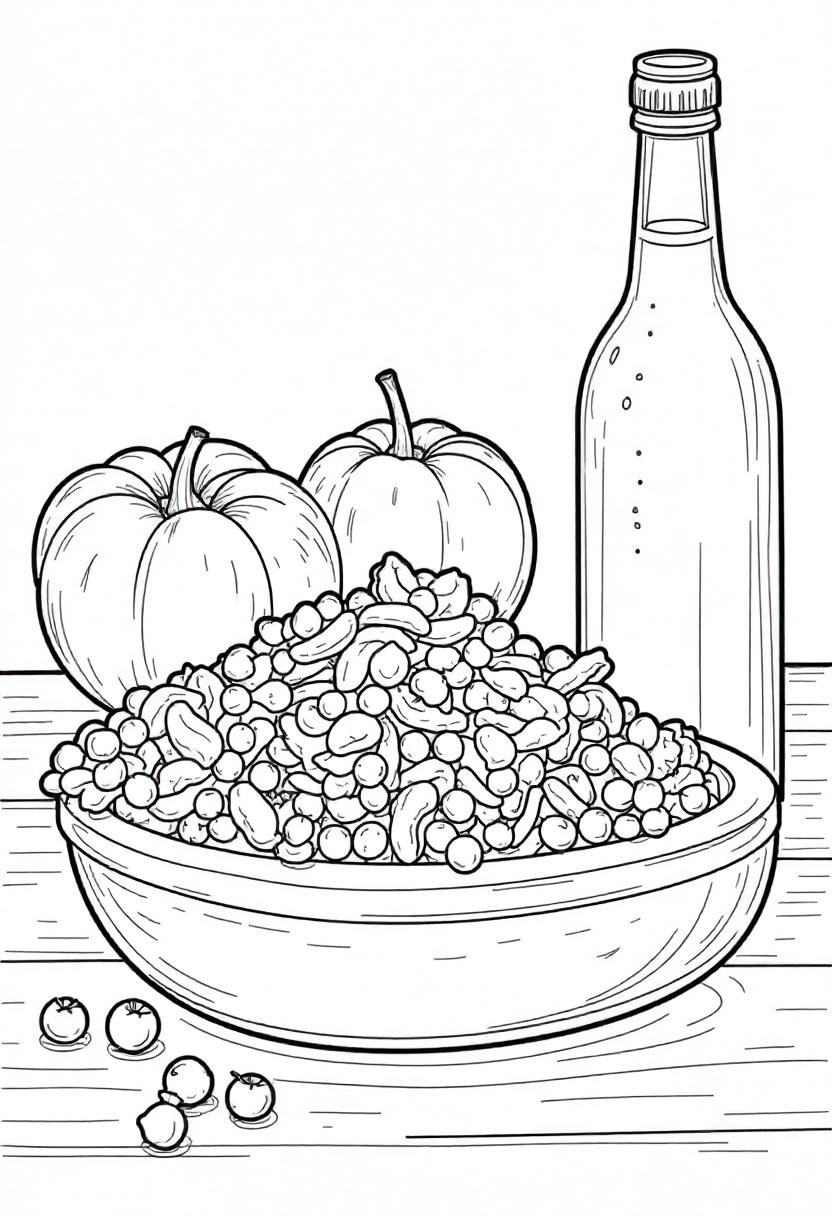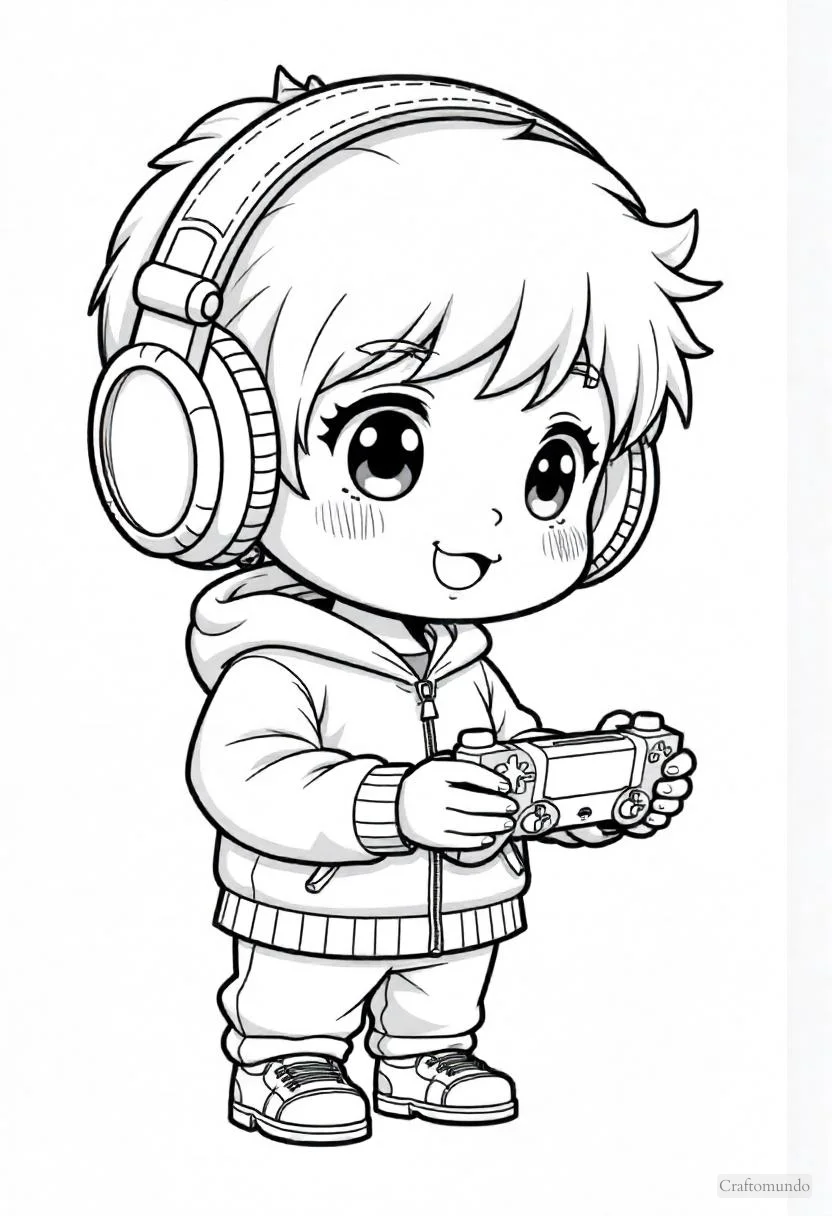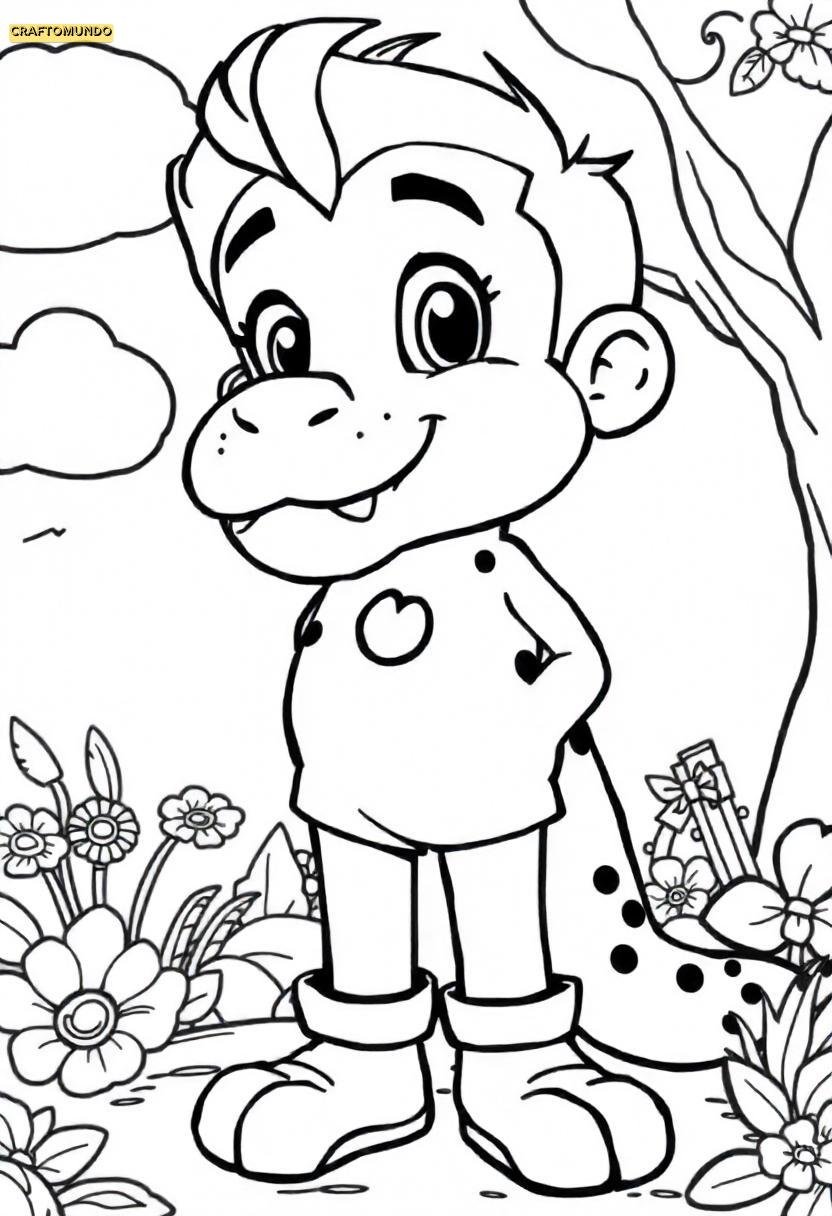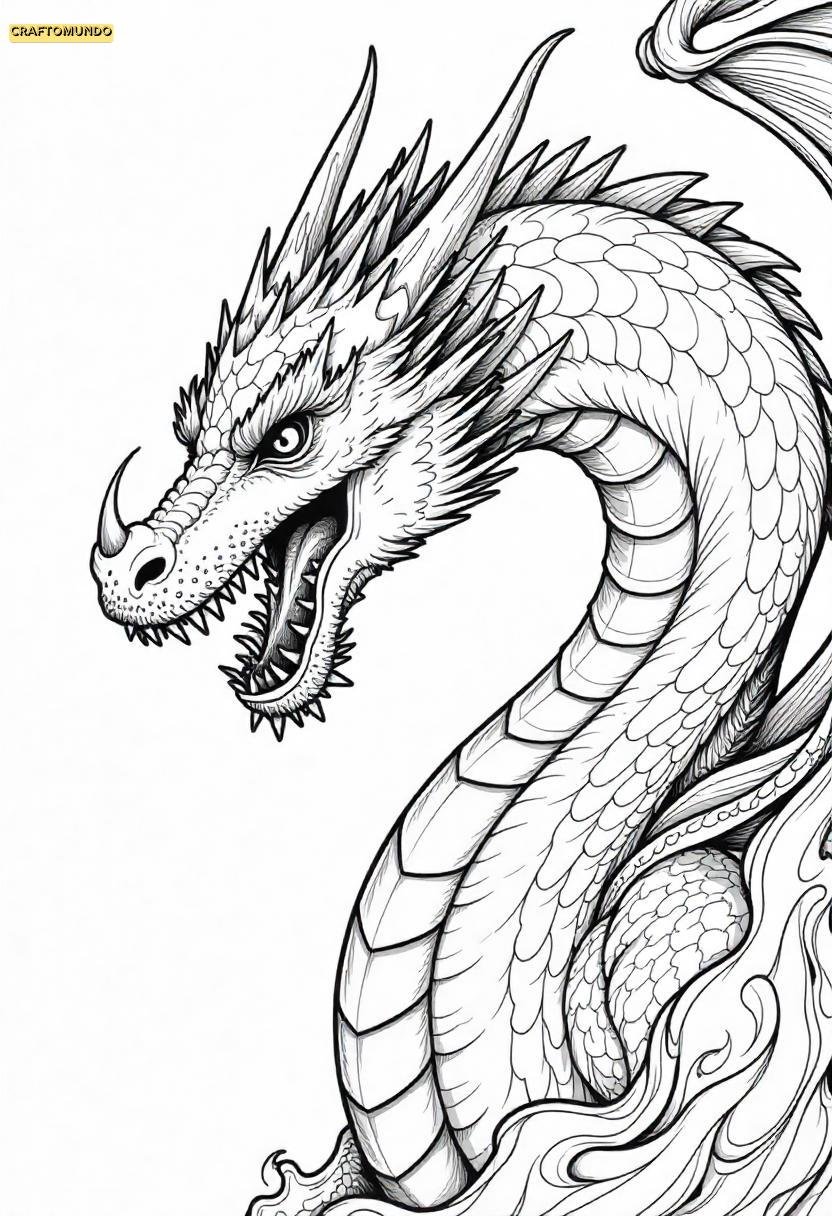36 Halloween Coloring Pages
Halloween isn’t just about candy and costumes—it’s about getting wickedly creative. Our Halloween Coloring Pages are packed with ghoulish goodies, spine-chilling scenes, and just the right mix of eerie and adorable to unleash your inner artist.
From haunted mansions dripping with mystery to mischievous pumpkins grinning in the dark, these pages are your ticket to hours of devilishly good entertainment.
Perfect for kids, adults, and anyone who lives for Halloween vibes, these pages will let you slay boredom, one creepy masterpiece at a time.
So grab your crayons, unleash those Halloween hues, and bring these freakishly fun designs to life.
Ready to color outside the coffin?
Let’s get spooky!
Halloween Coloring Pages
1
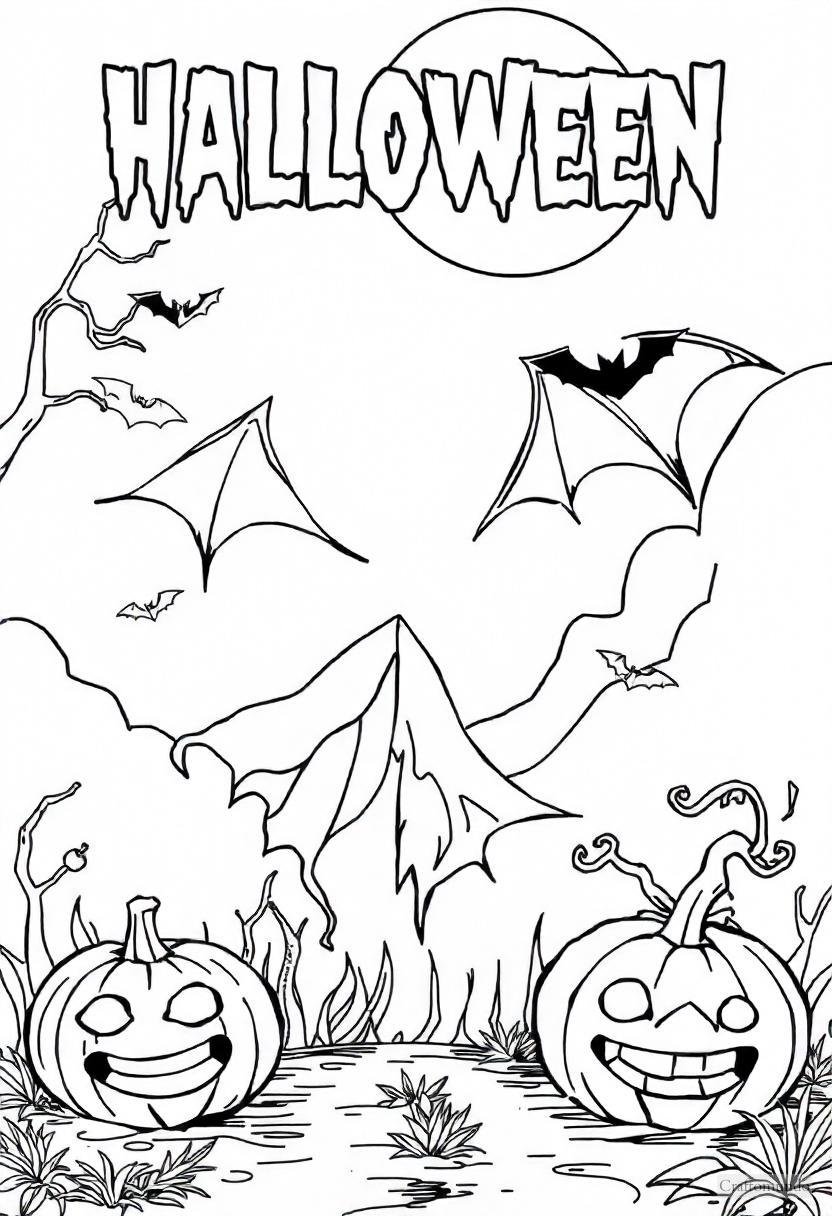
2
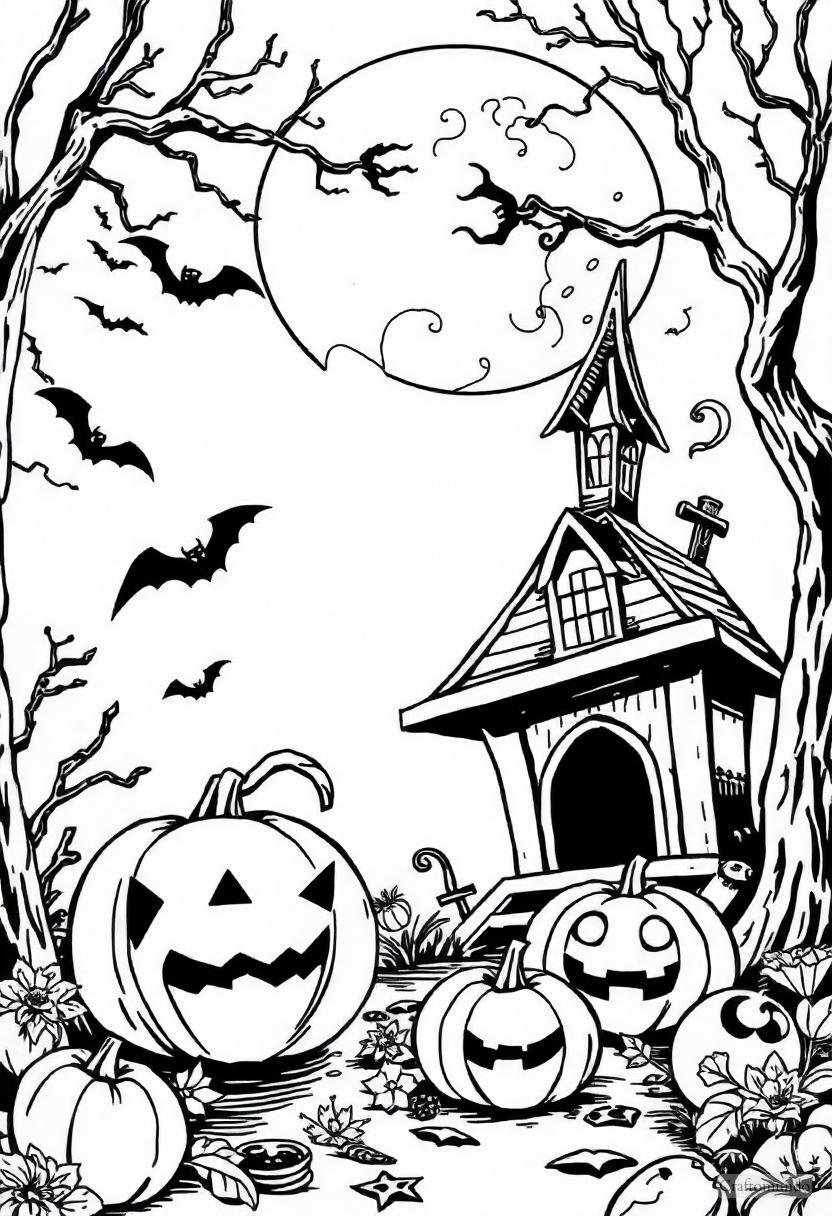
3
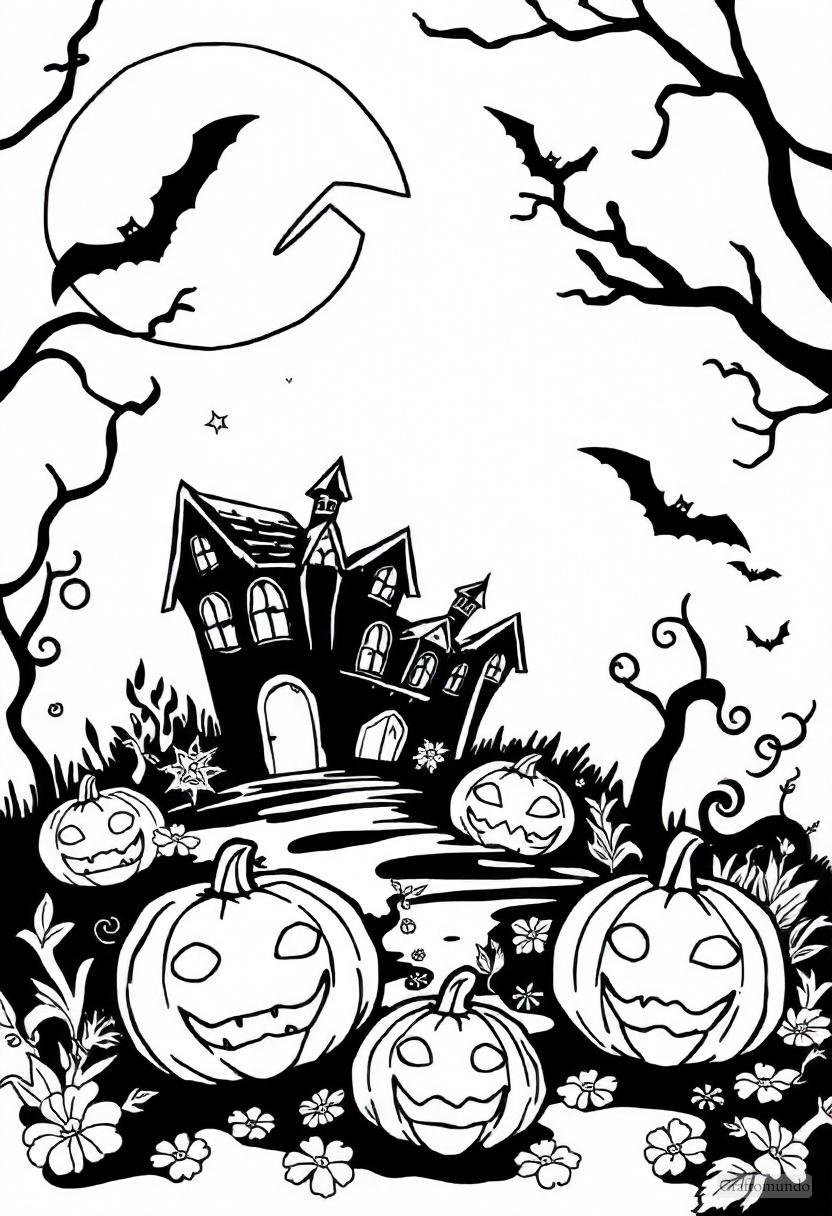
4
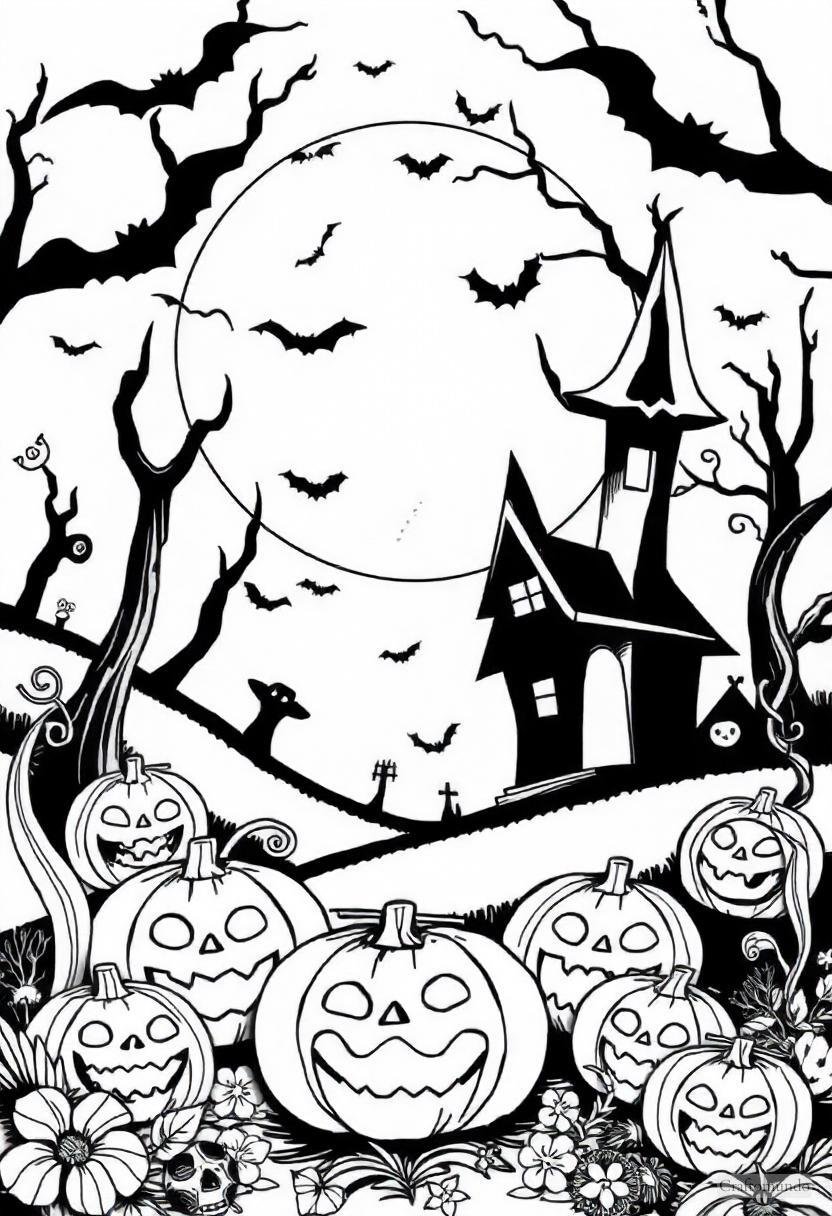
5

6

7
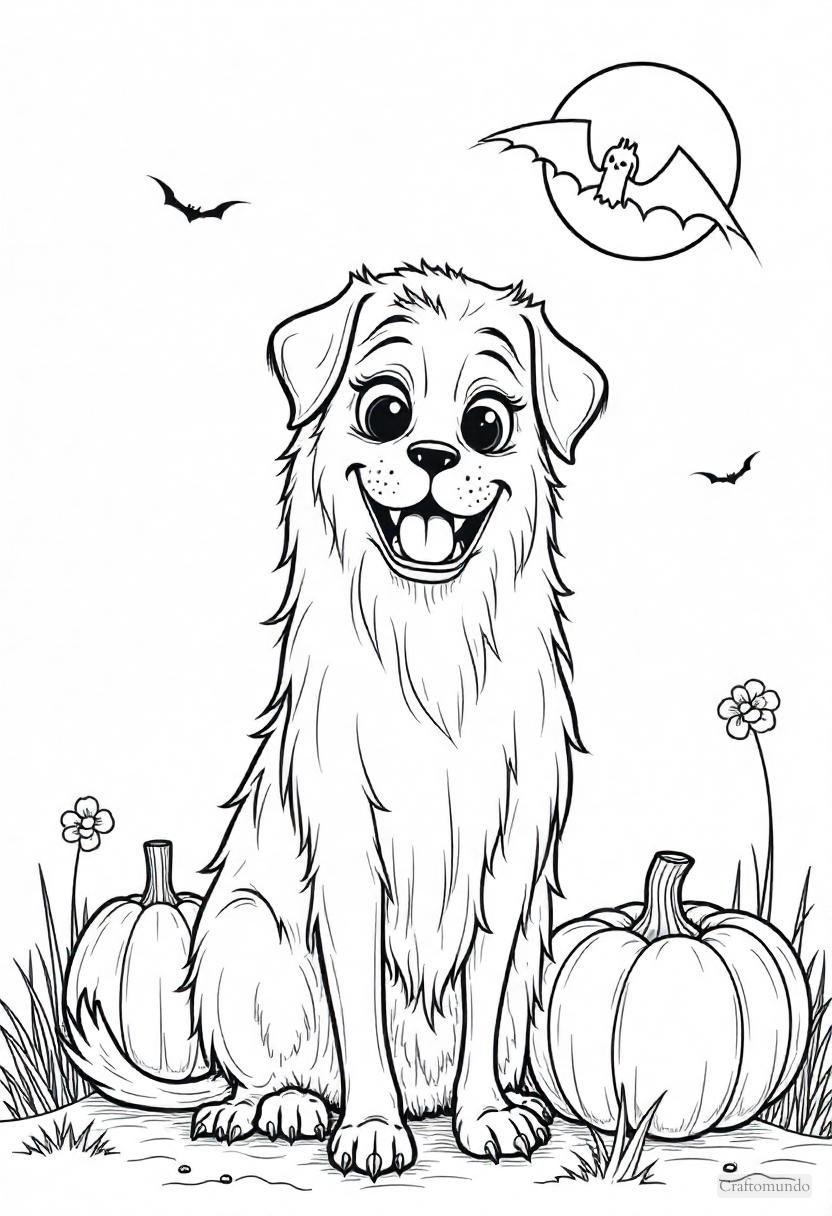
8

9
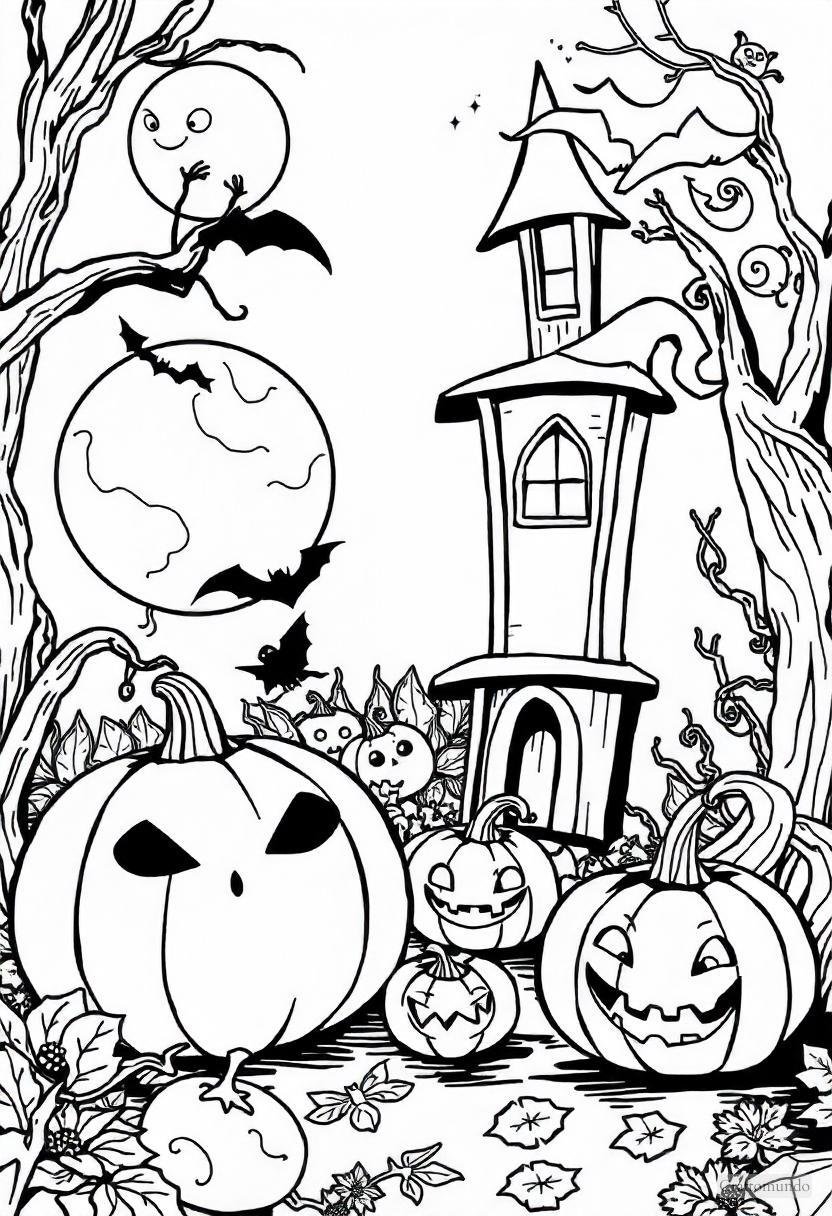
10
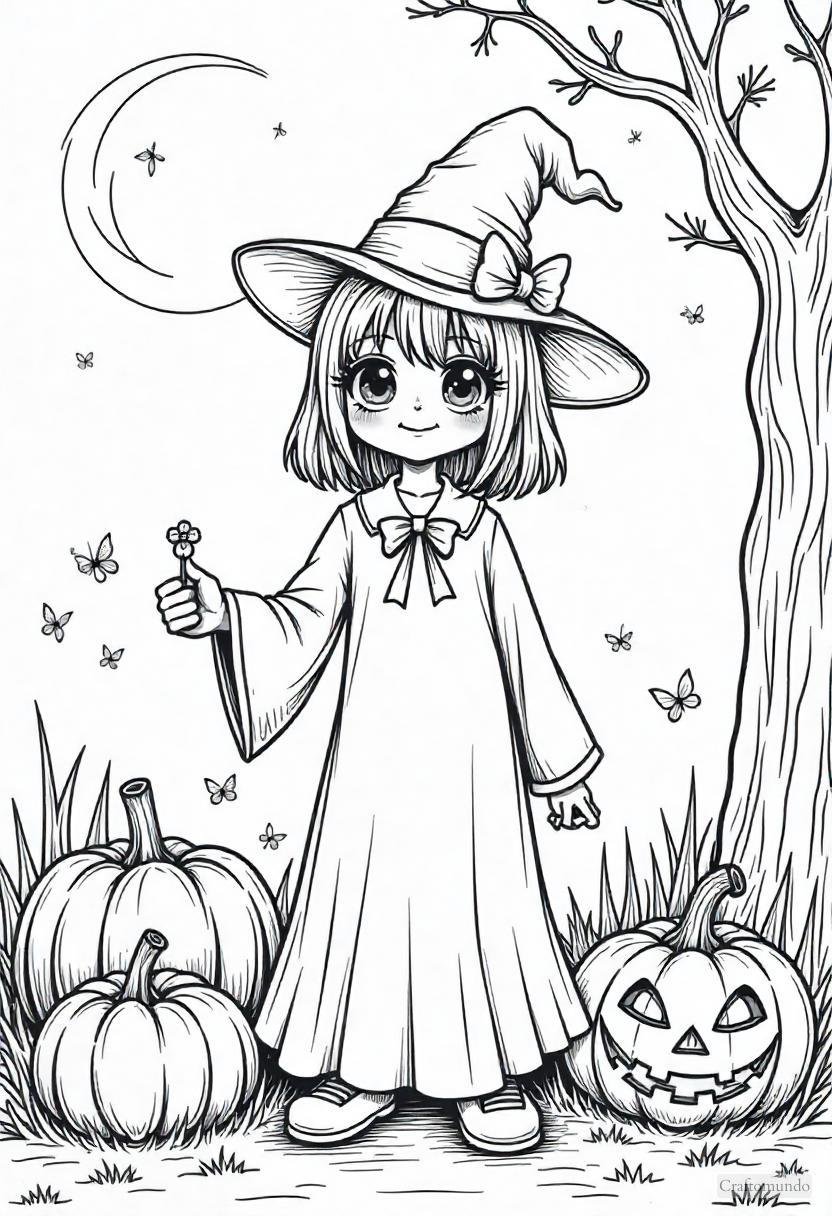
11
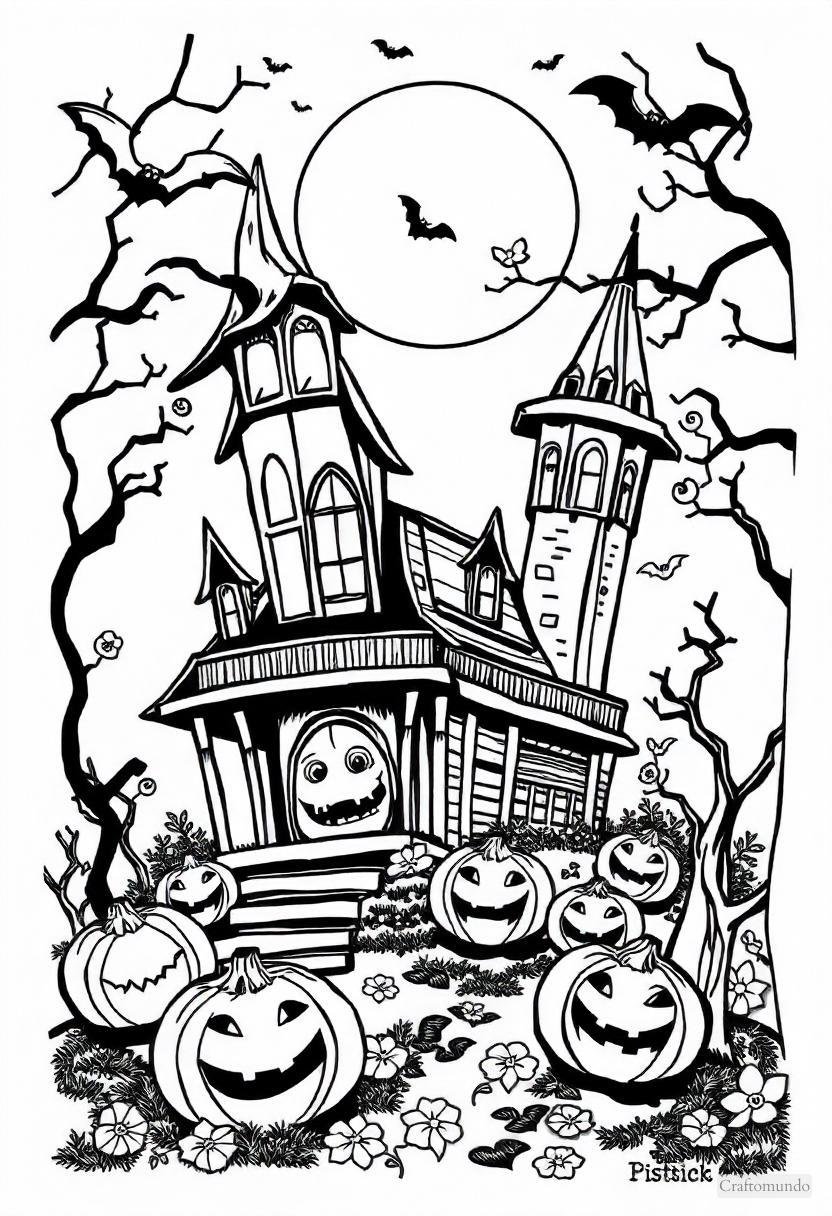
12
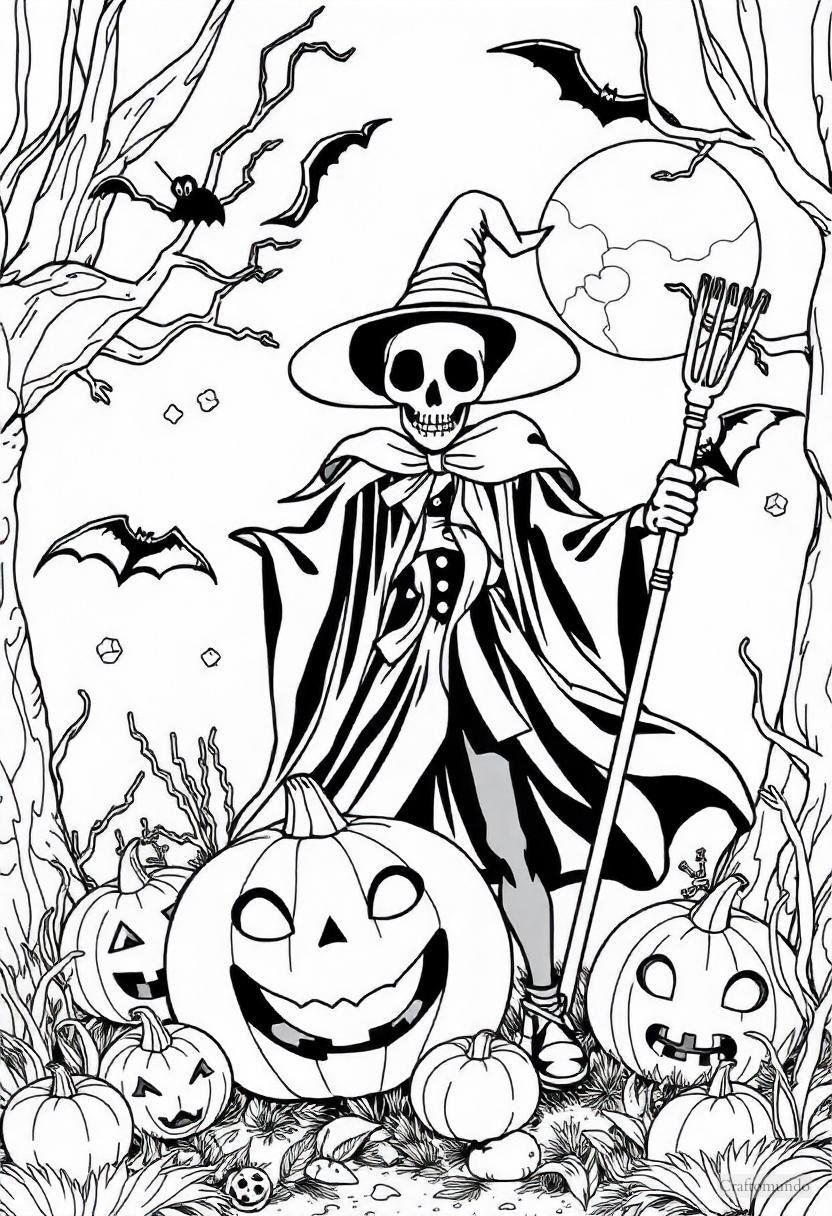
13
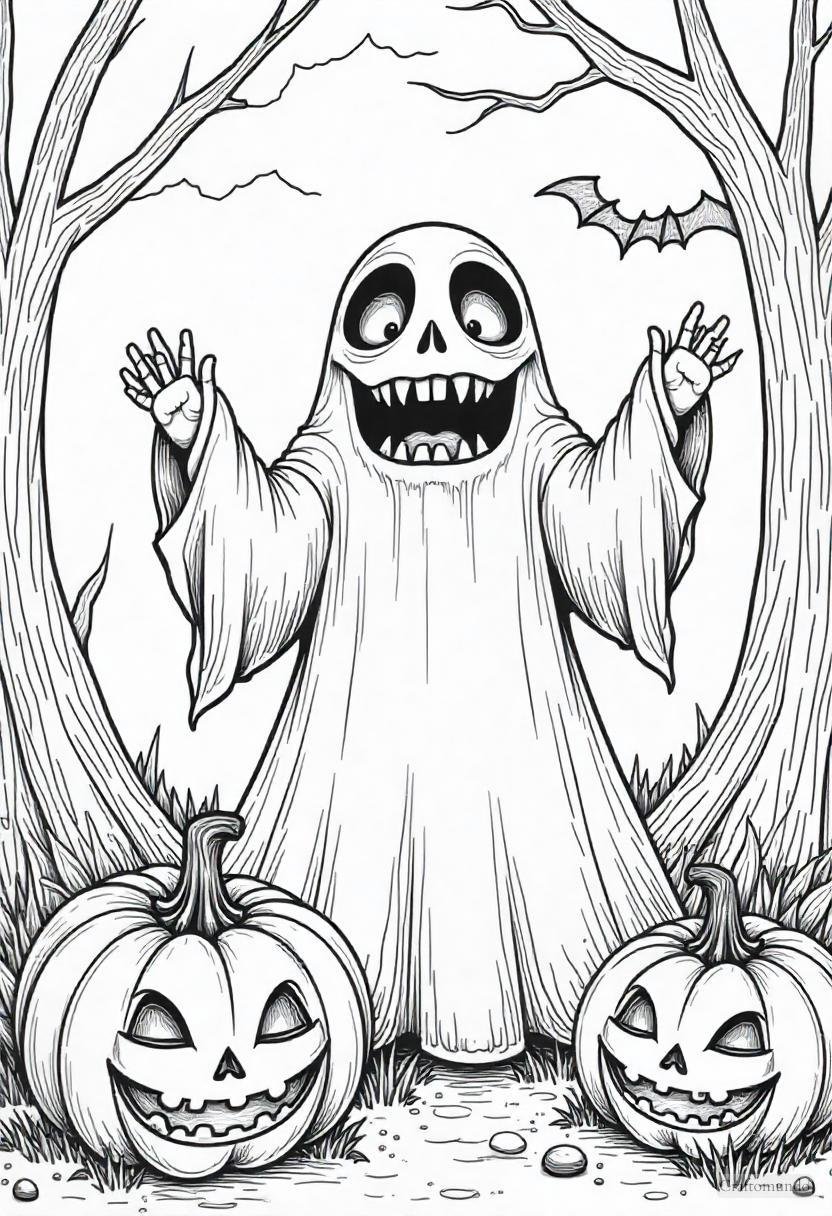
14

15
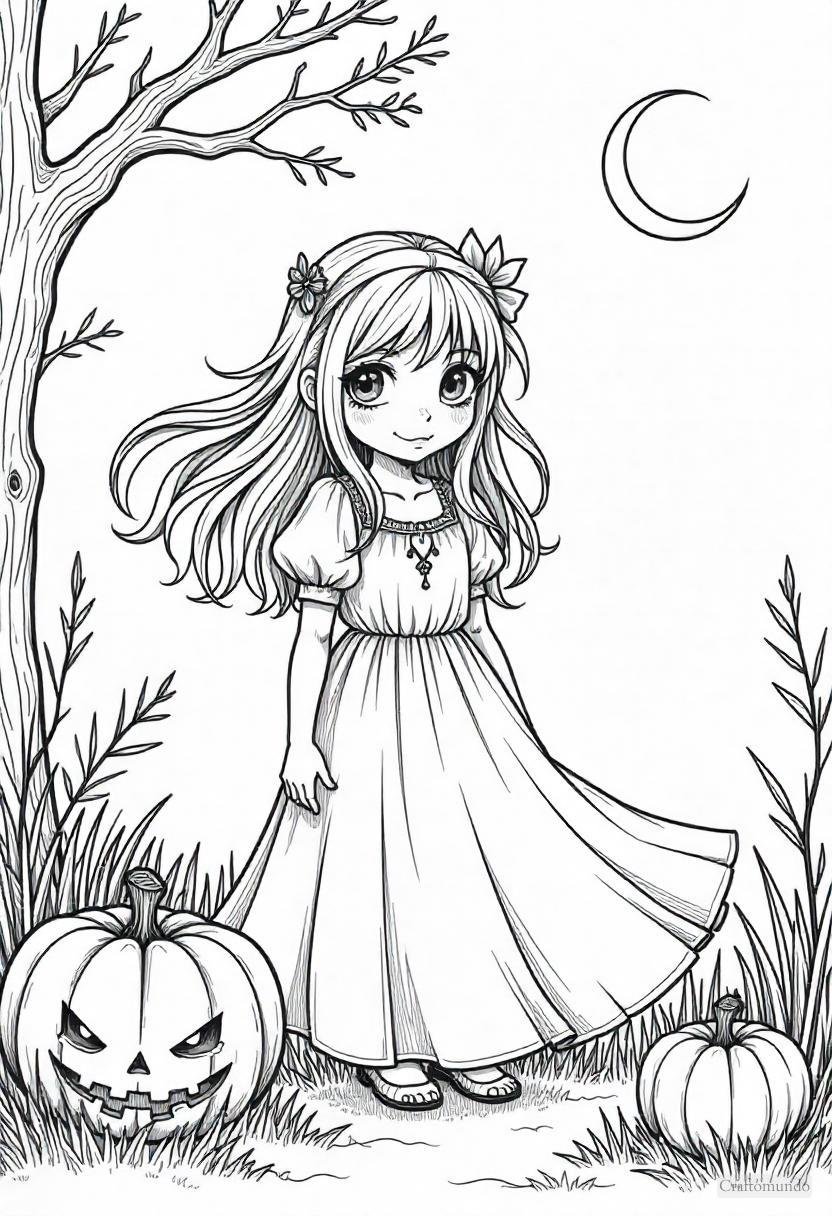
16
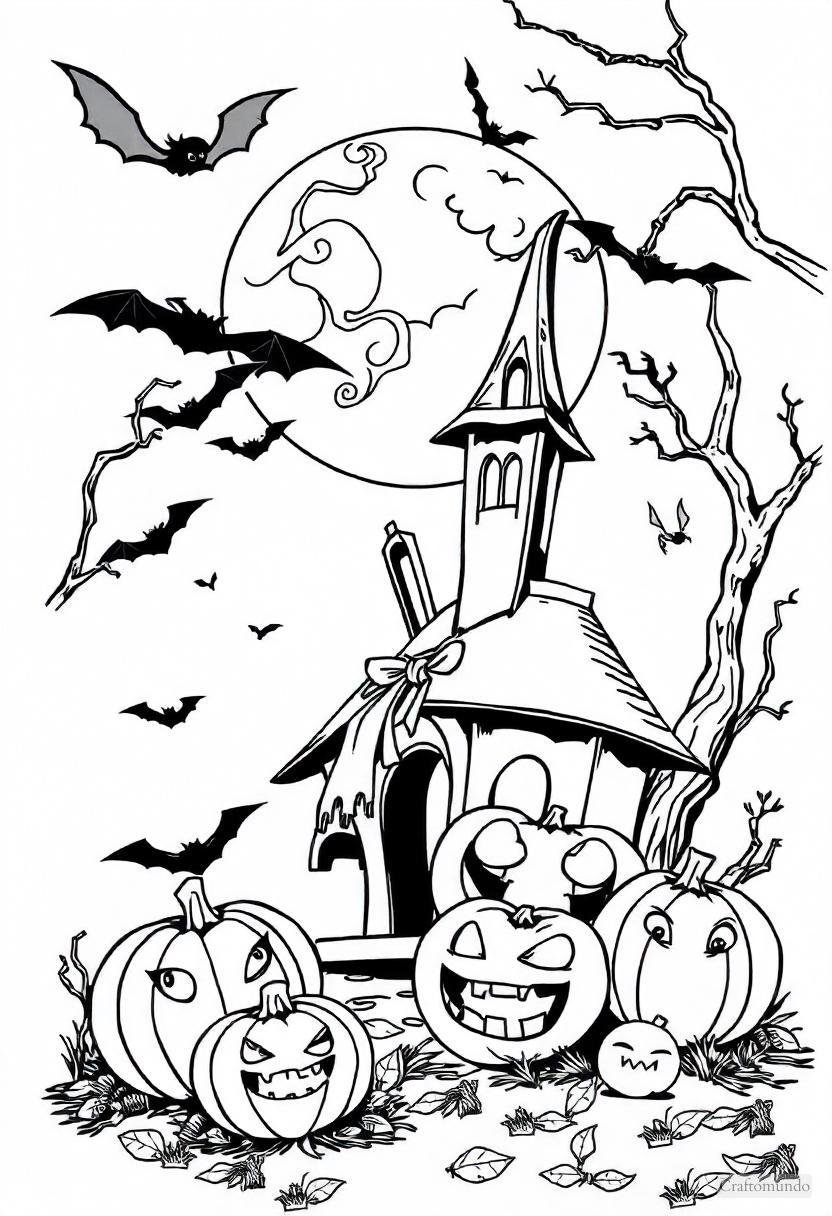
17
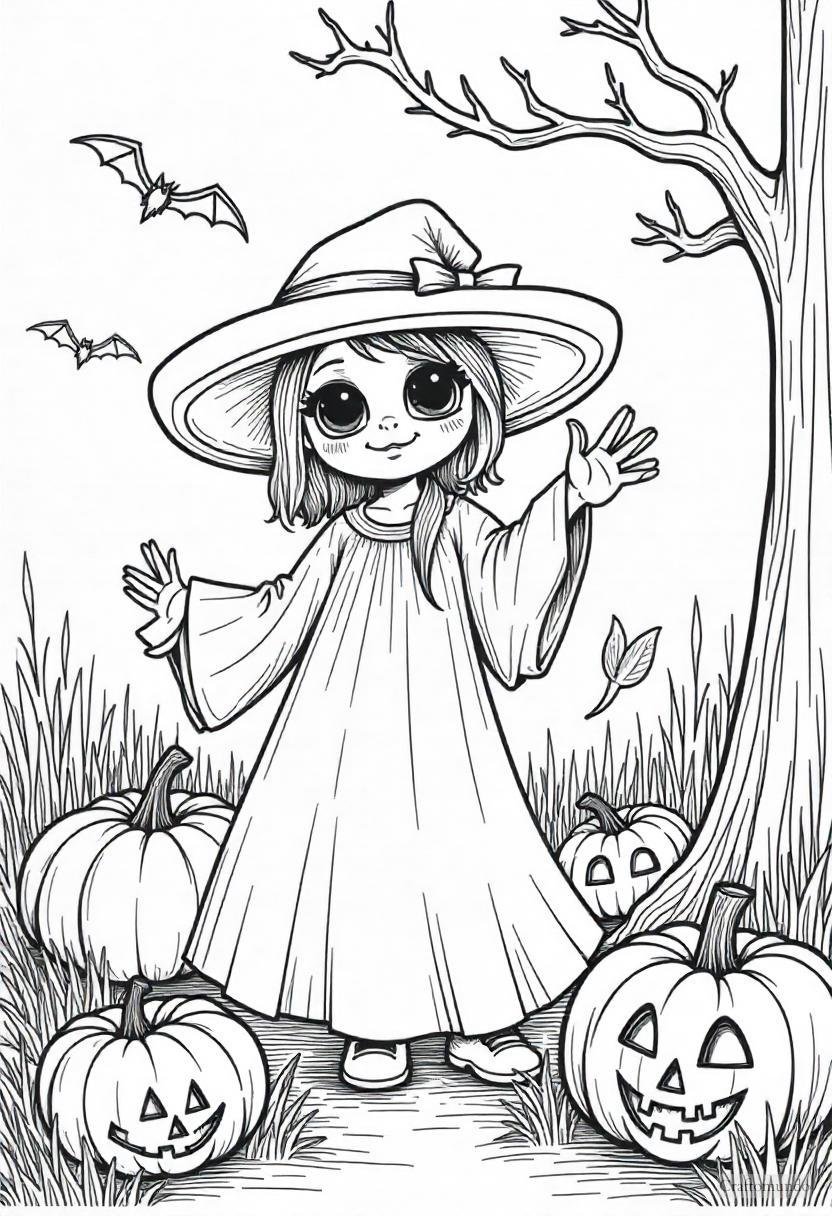
18
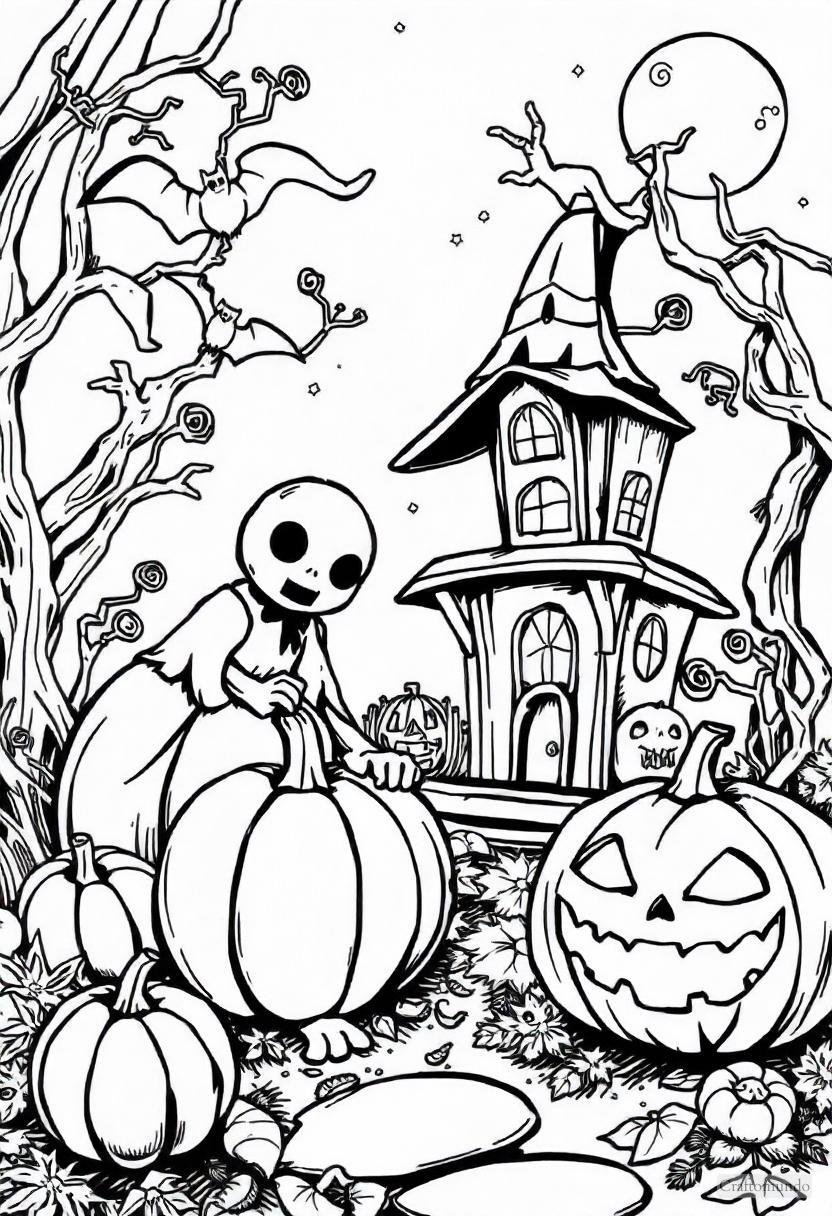
19
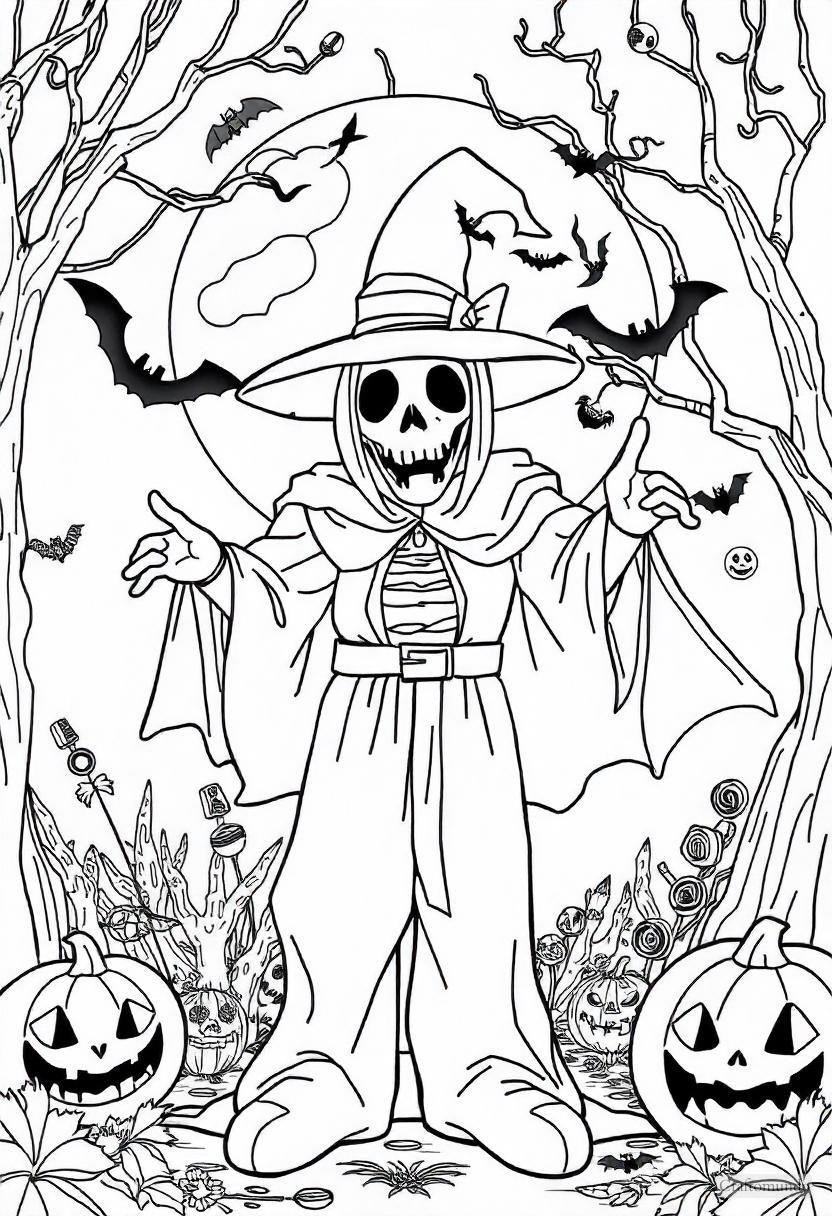
20
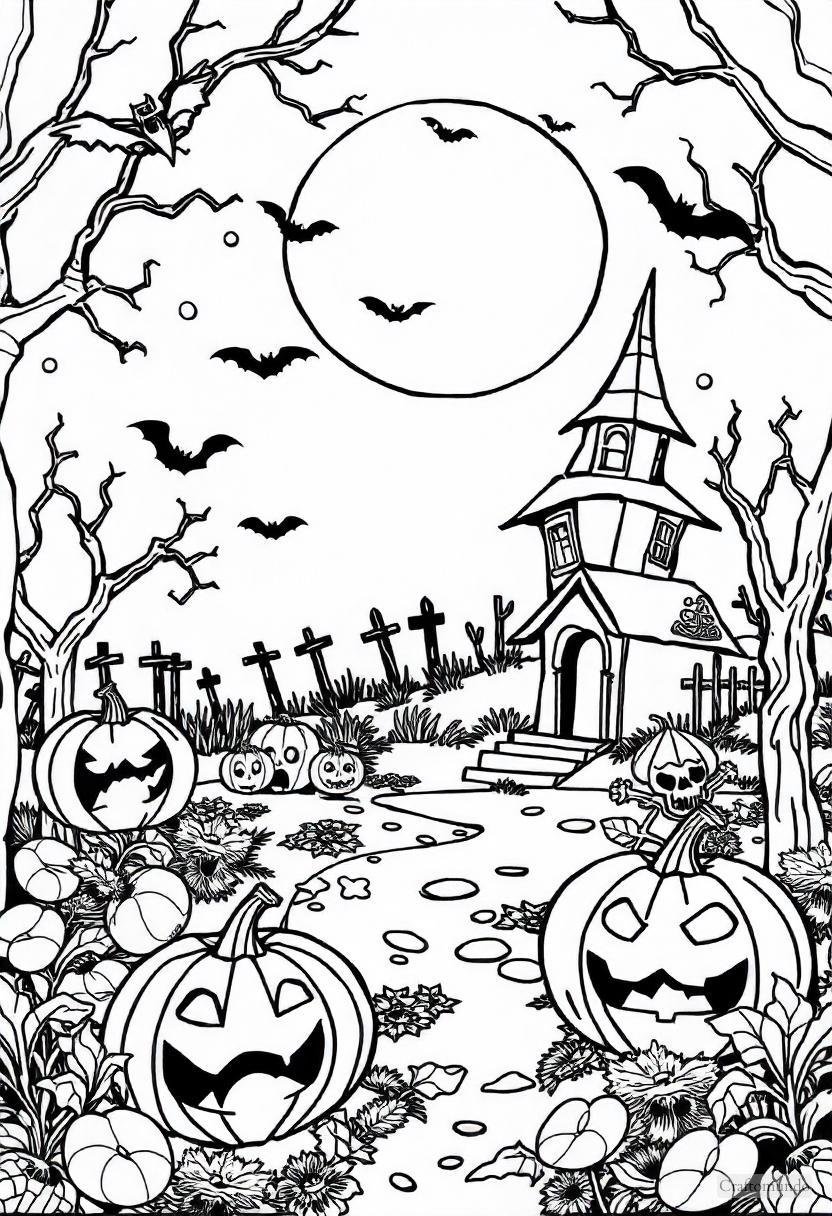
21
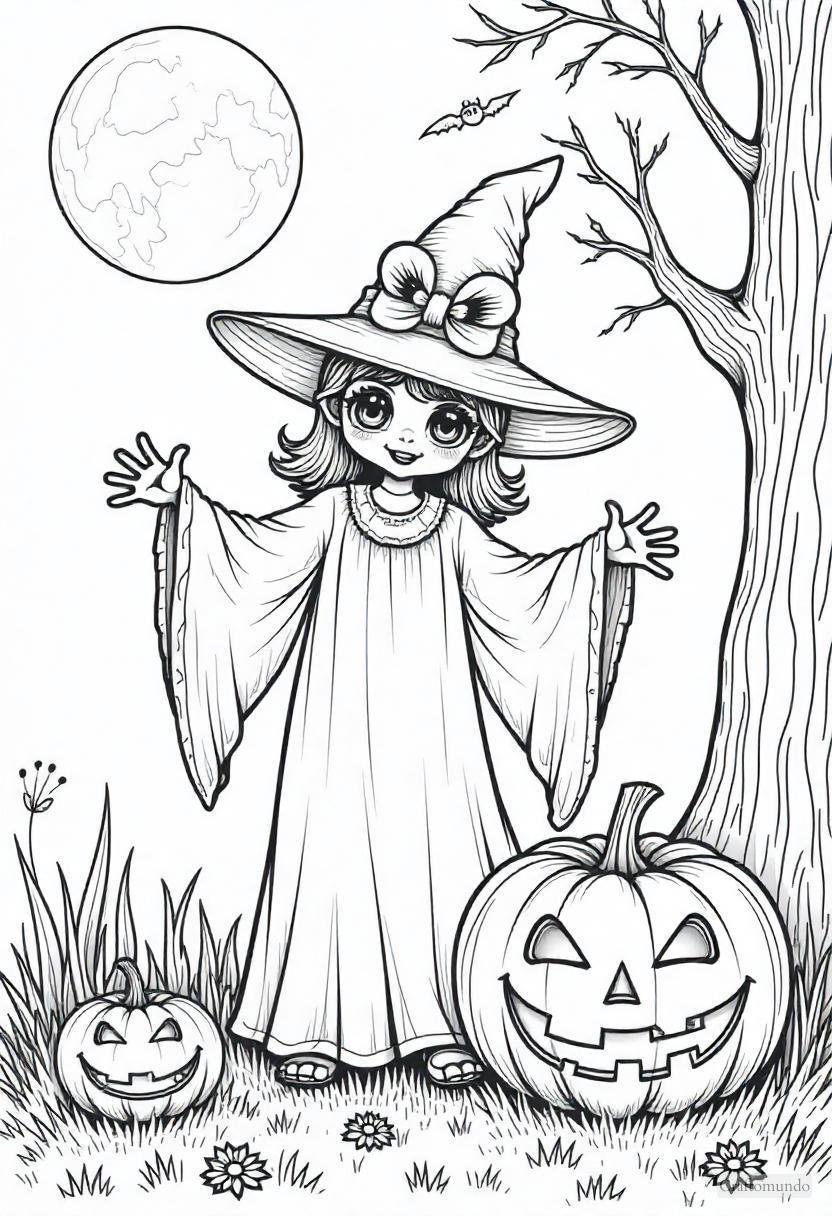
22

23
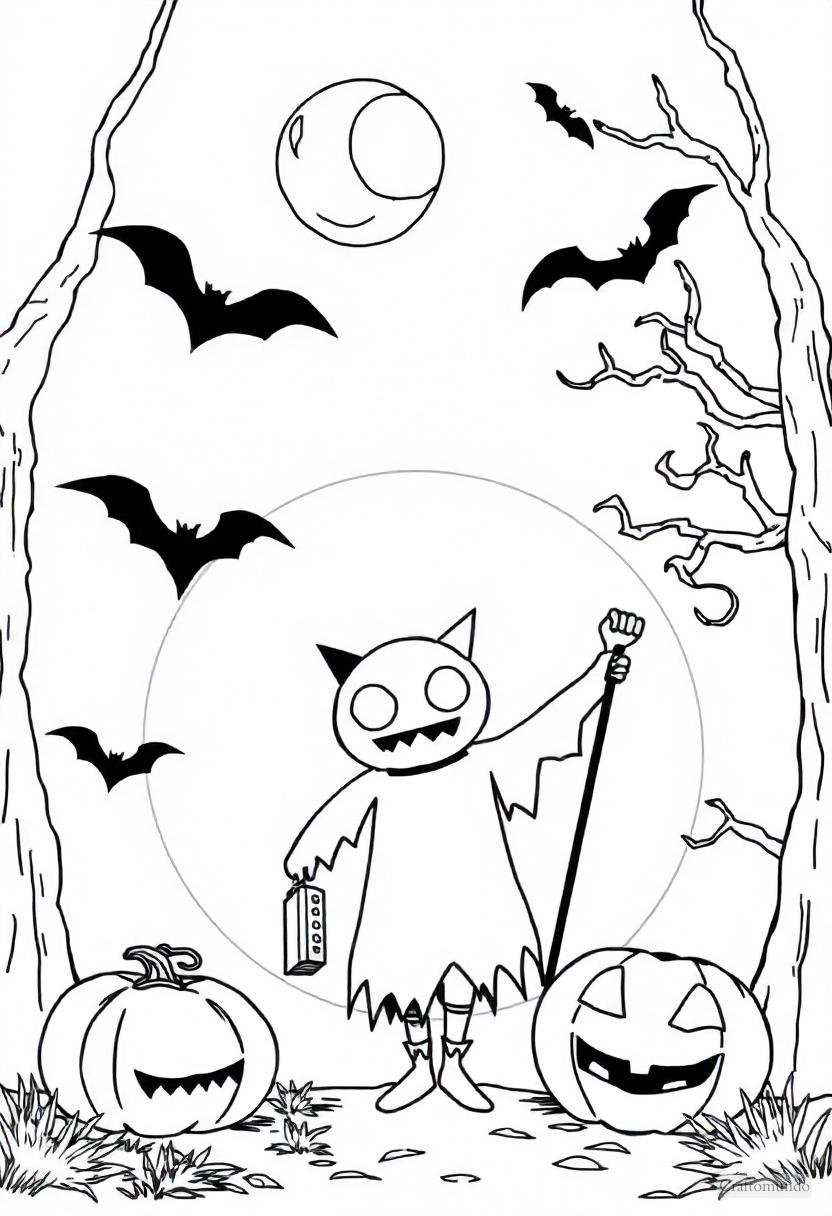
24
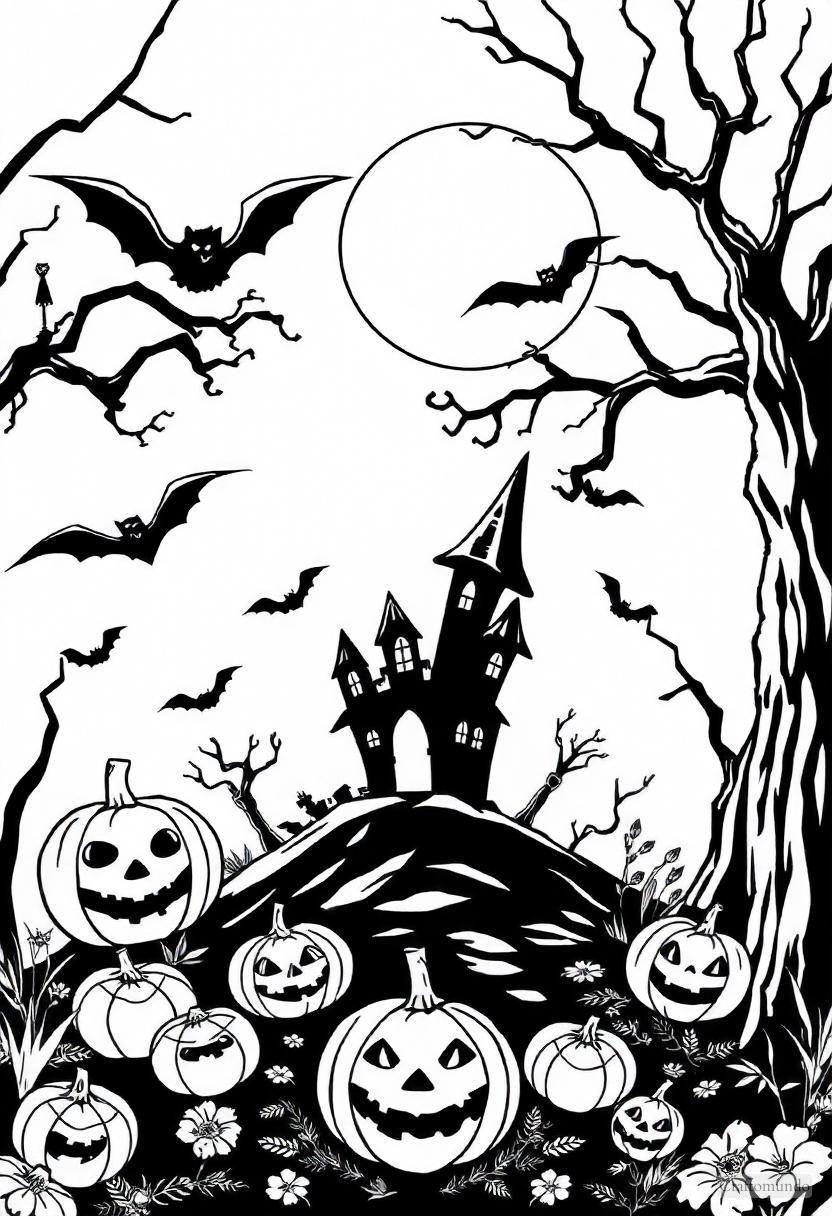
25
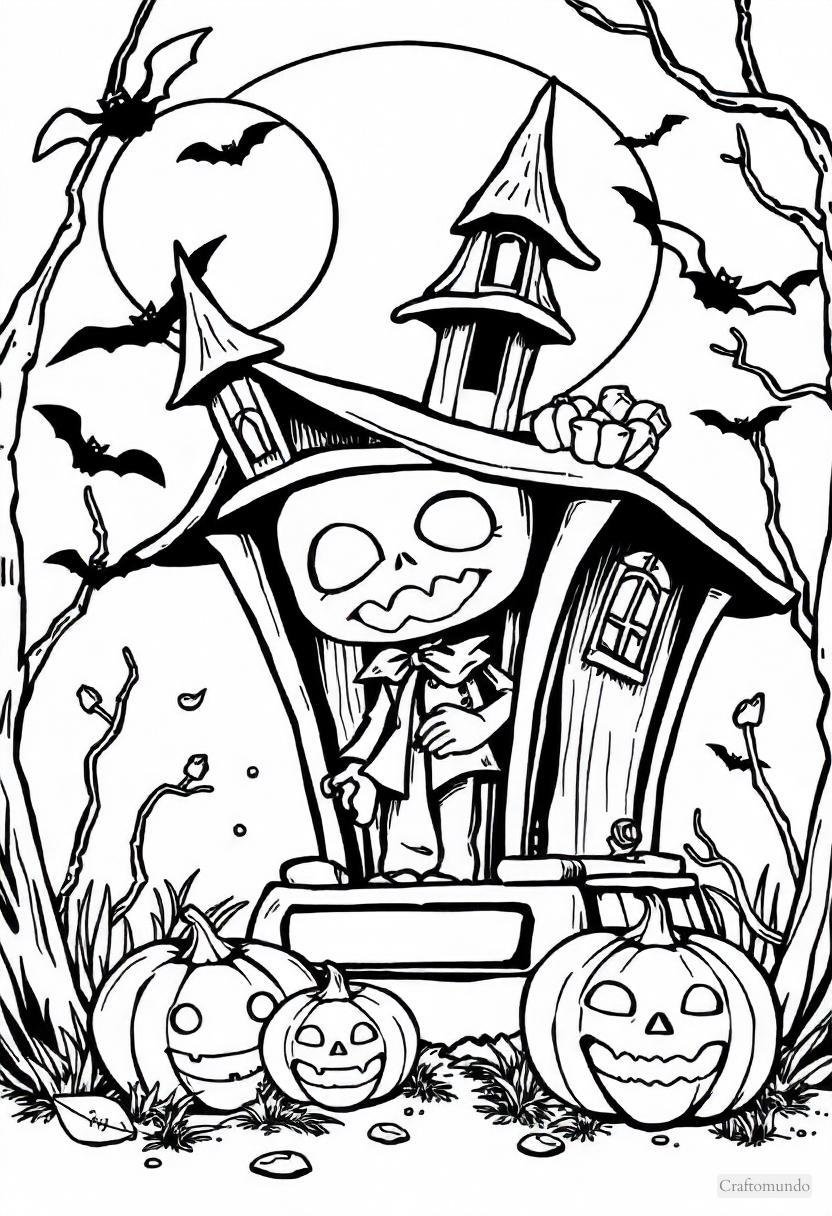
26
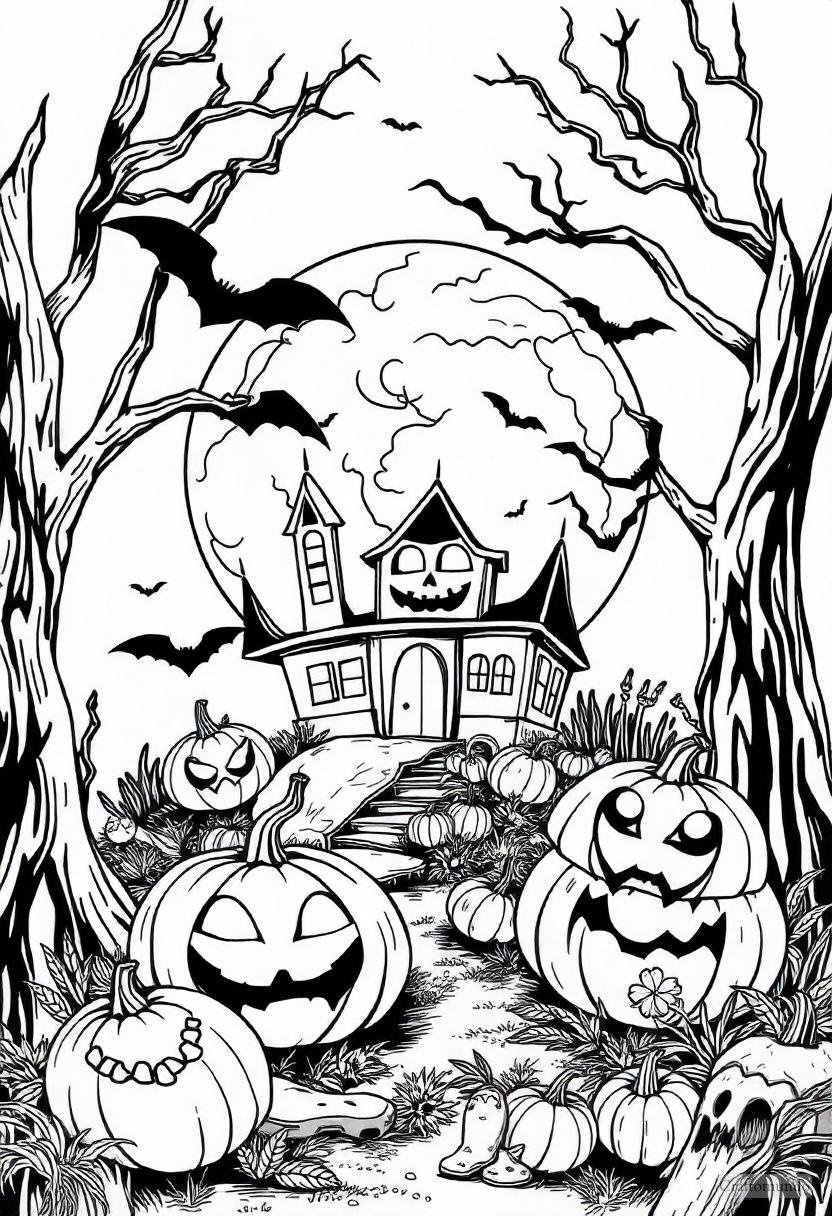
27
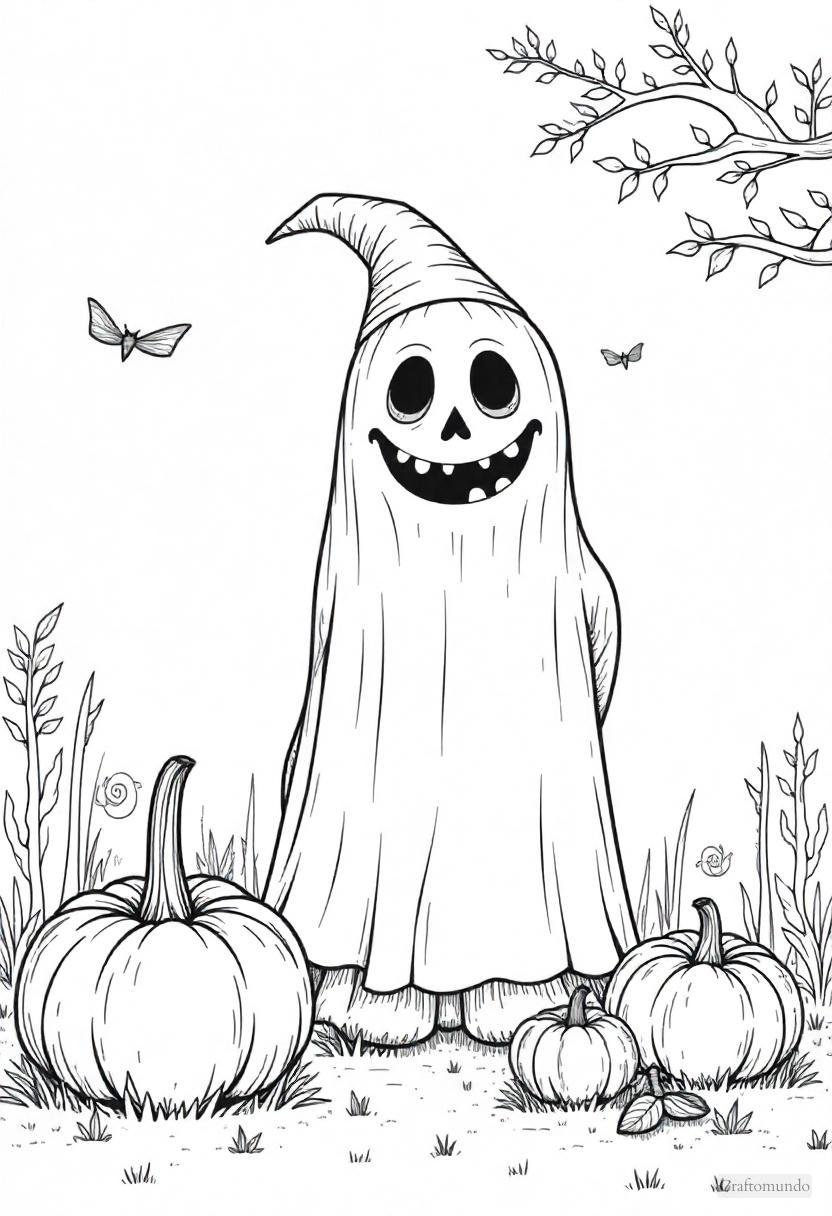
28
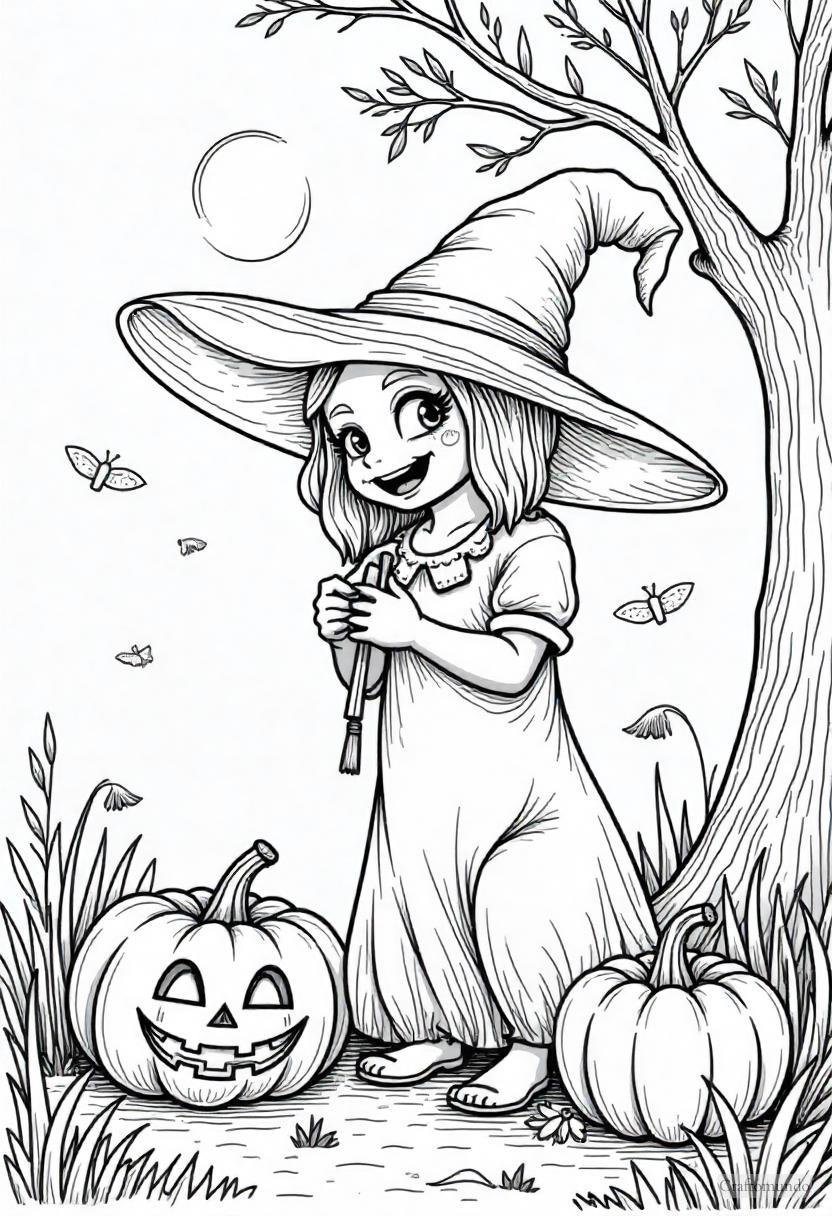
29
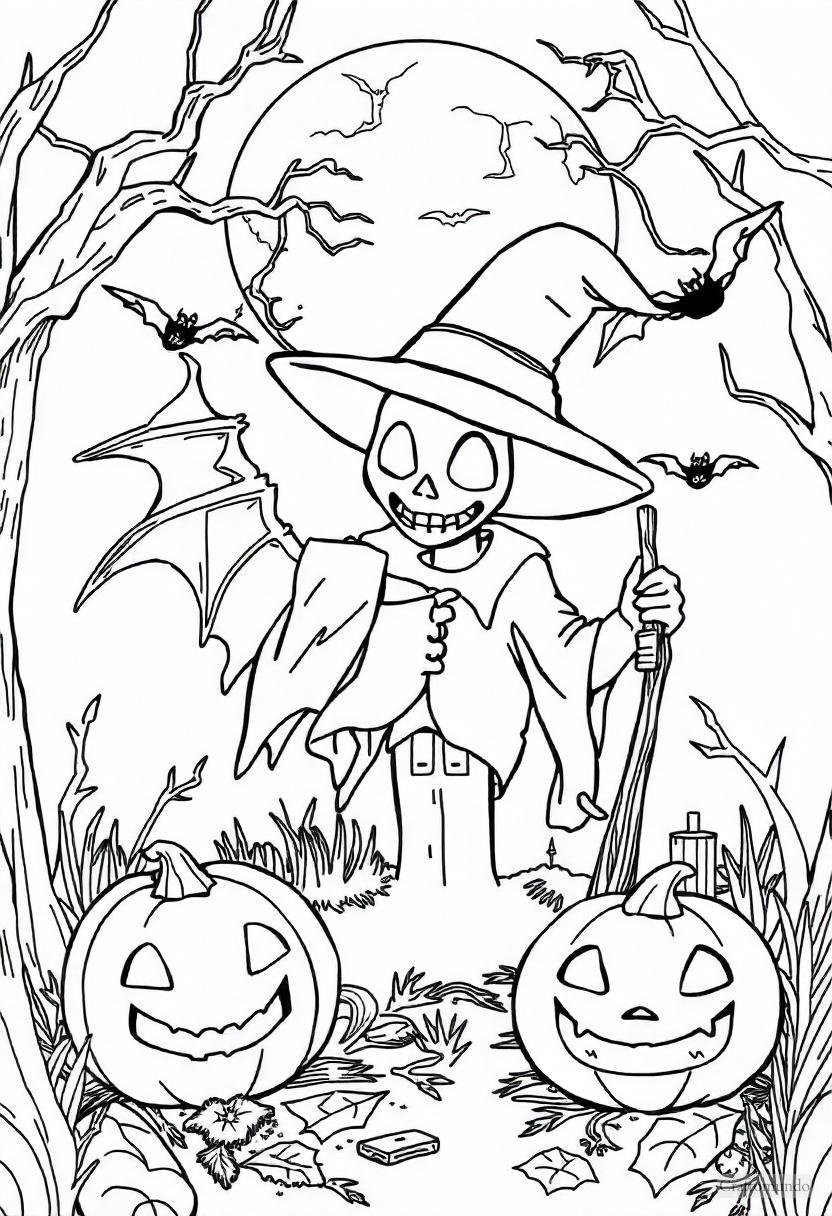
30
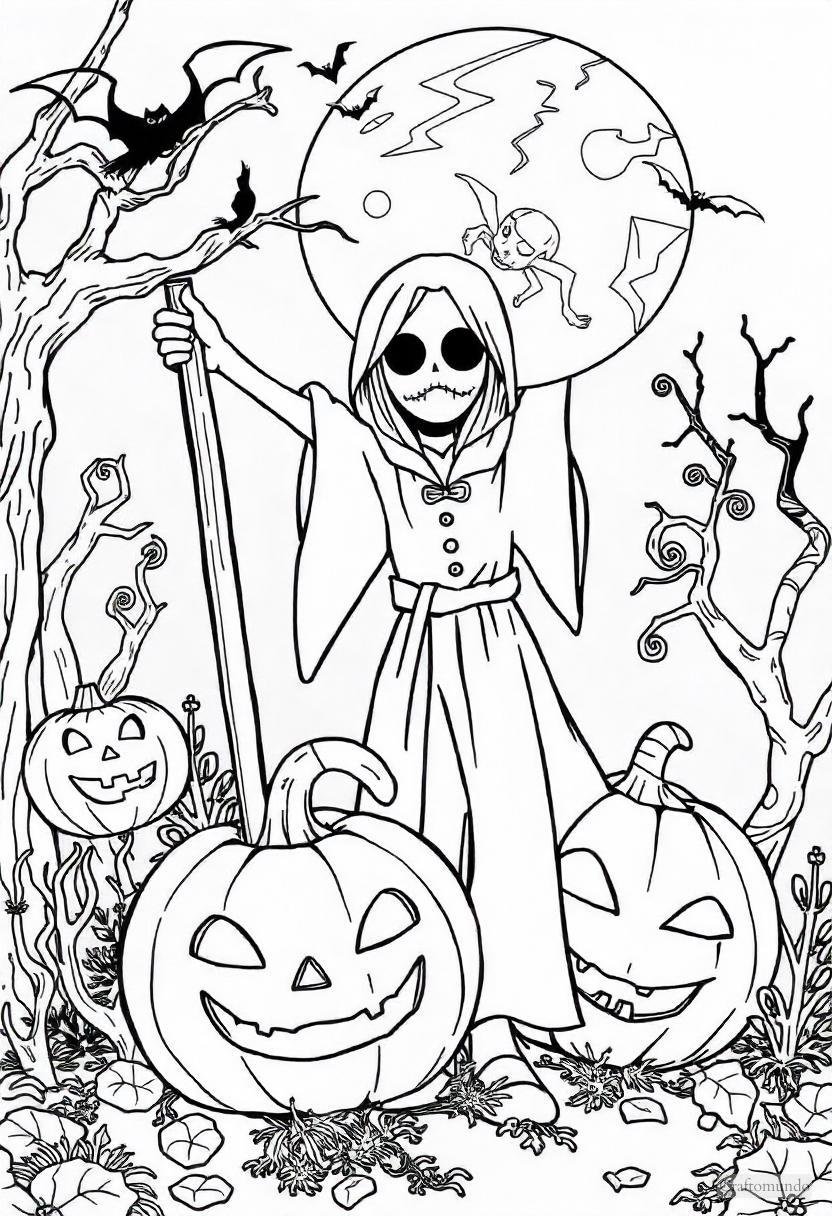
31
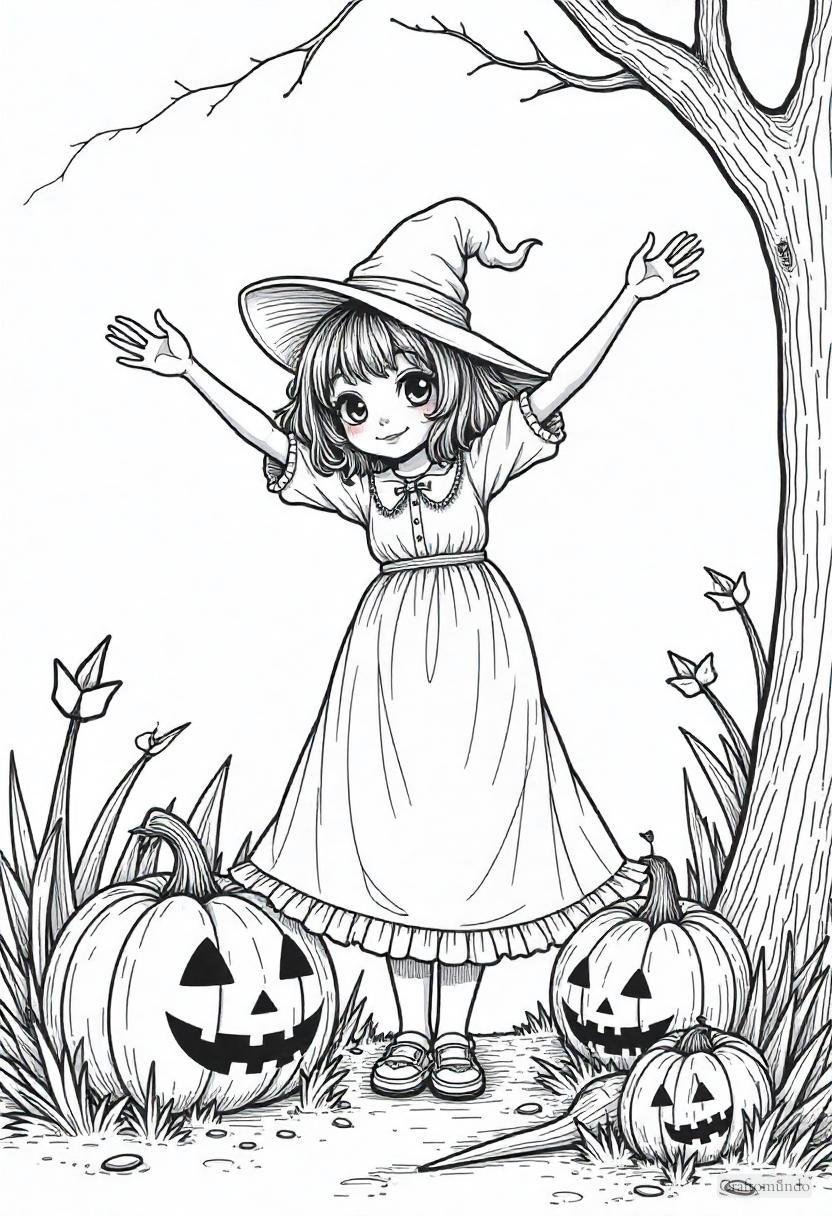
32
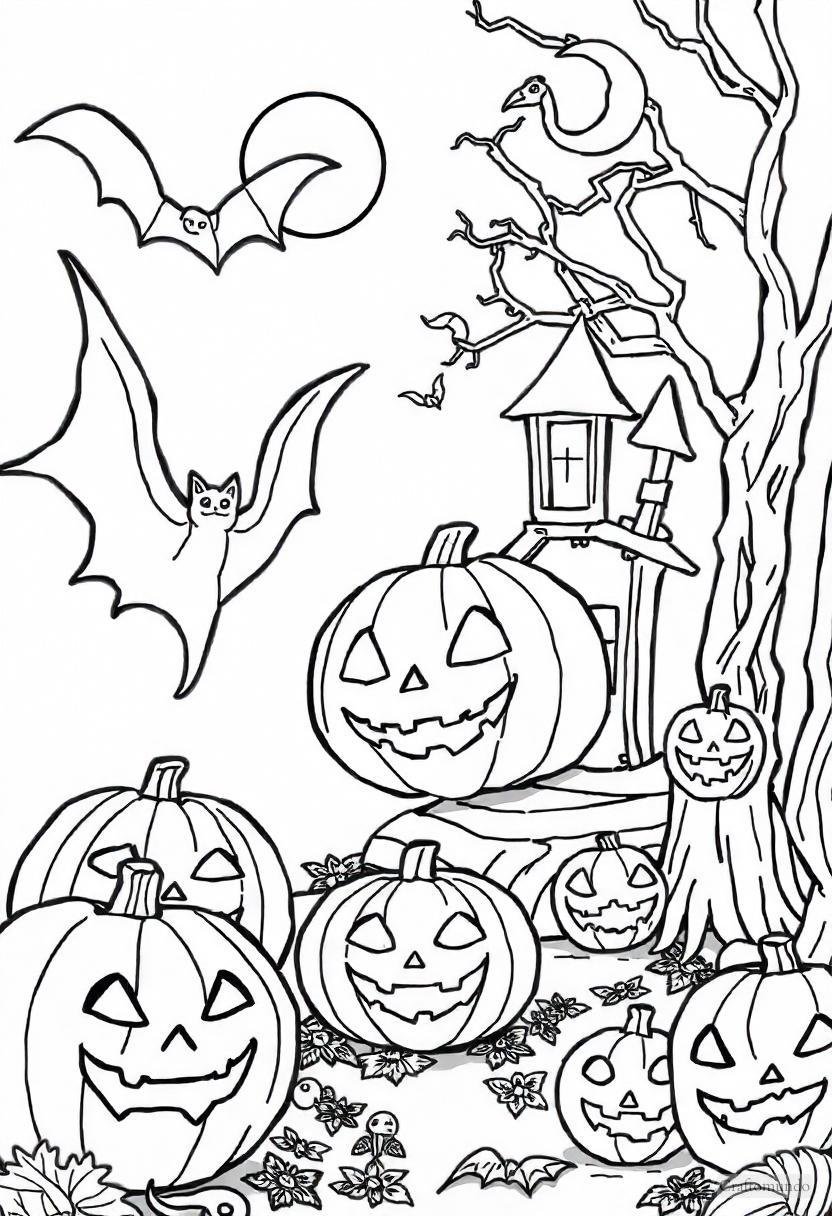
33
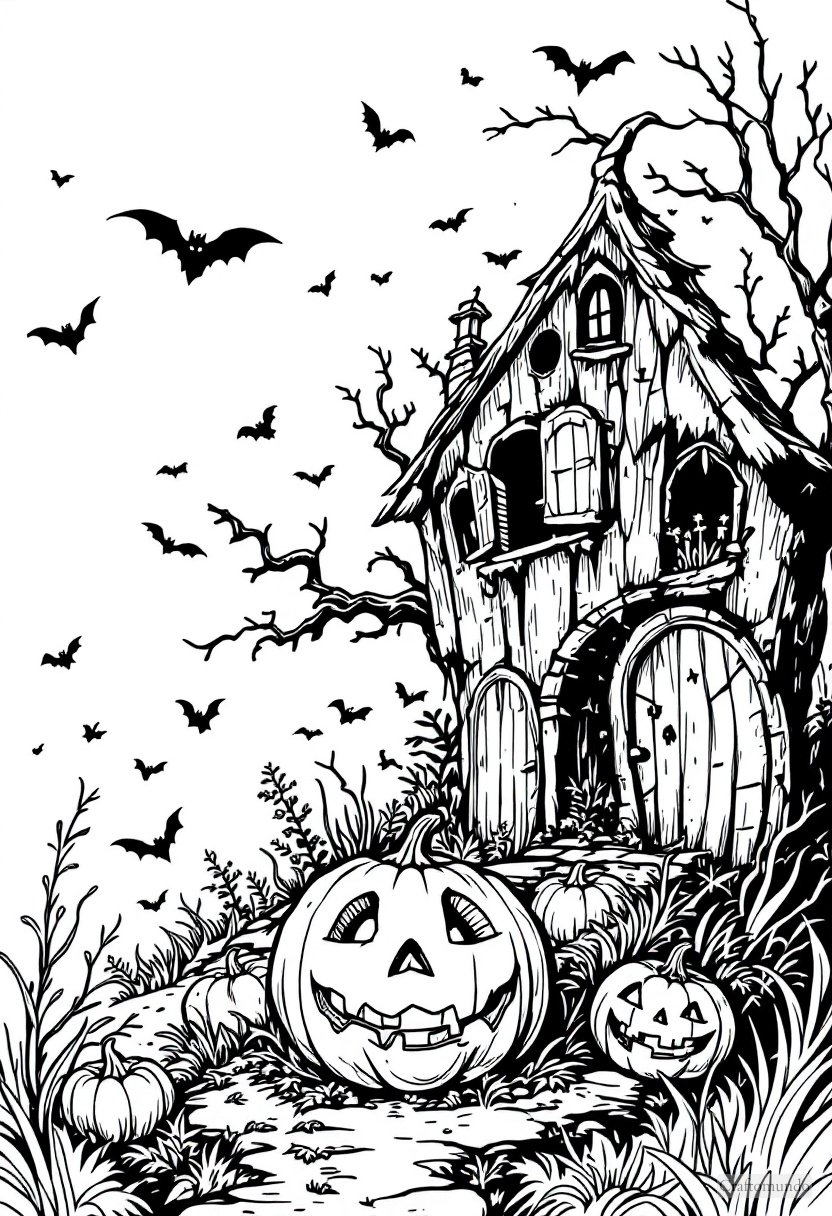
34
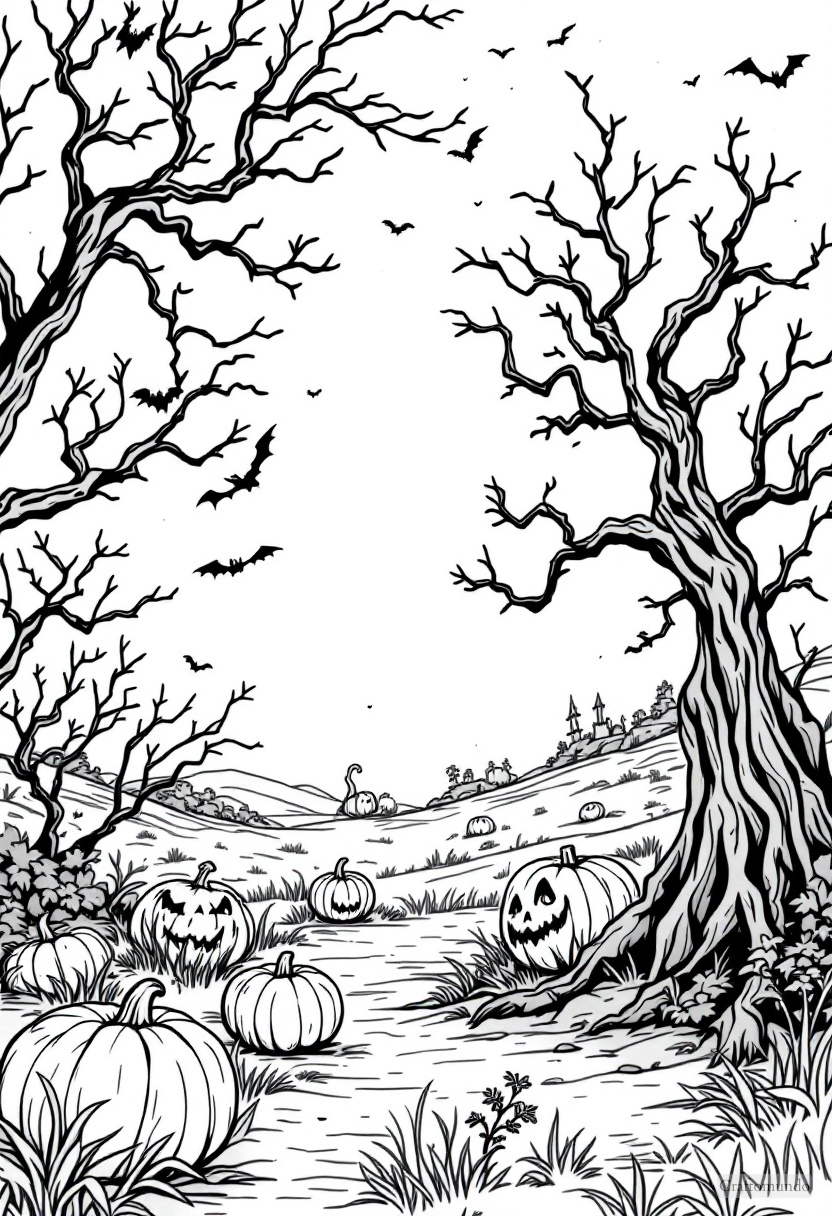
35

36
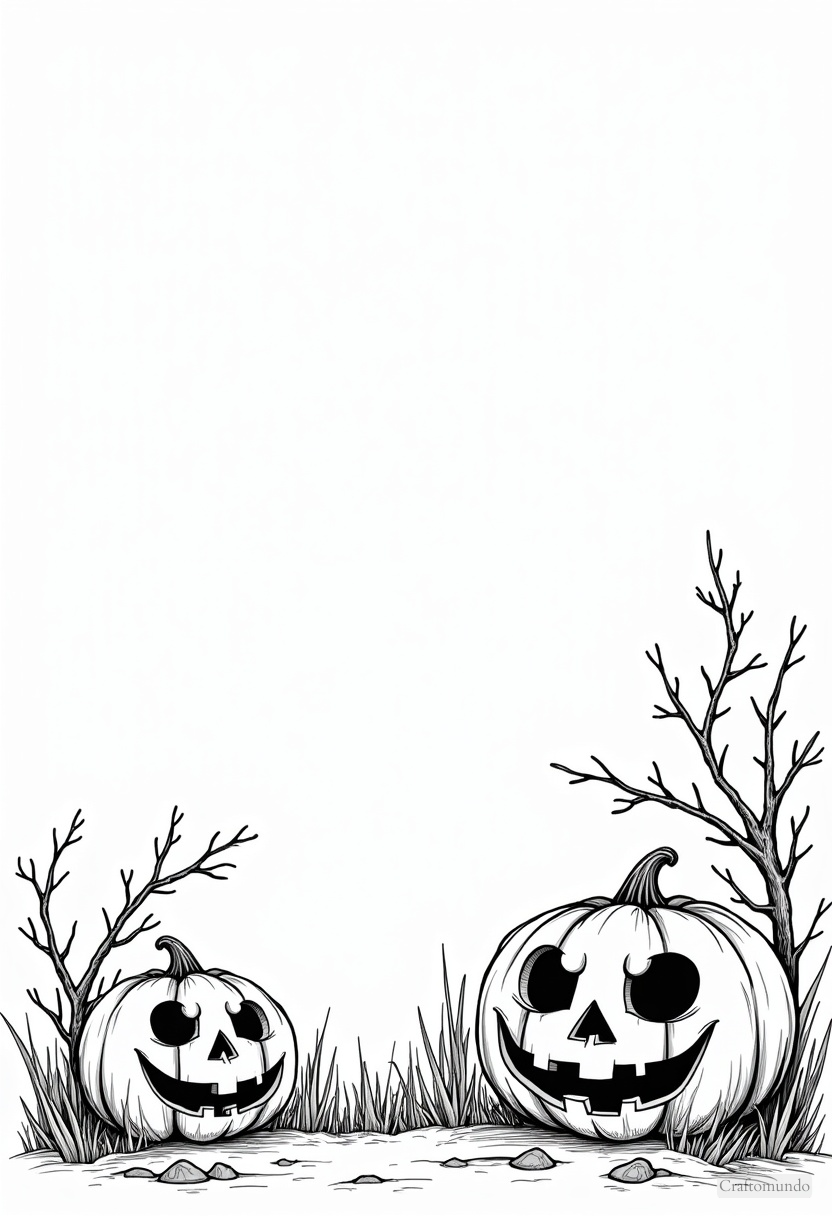
Things To Keep in Mind While Coloring These Halloween Pages
1. Choose a Theme That Appeals to Your Audience
Before you start sketching, think about who your audience is. Are you creating coloring pages for children, teenagers, or adults?
Each group will appreciate different themes:
- Children: Stick to friendly and fun themes with smiling pumpkins, cheerful ghosts, cute witches, and playful cats. Avoid overly scary or dark imagery that might frighten young kids.
- Teenagers: Teens often enjoy edgier, trendier designs, such as haunted houses, eerie forests, detailed skeletons, or mystical elements like tarot cards.
- Adults: For adults, intricate designs with fine details work best. These might include zentangle-inspired patterns, complex haunted mansions, or symmetrical mandalas with Halloween elements.
Choosing the right theme will ensure your audience enjoys coloring your artwork and finds it appropriate for their interests and age group.
2. Incorporate Iconic Halloween Elements
Halloween comes with its own set of recognizable symbols that people expect to see. Here are some must-have elements to include:
- Pumpkins and Jack-o’-Lanterns: No Halloween coloring page is complete without carved pumpkins.
- Ghosts: They can range from cute and friendly to spooky and mysterious.
- Witches: Add flying witches on brooms, their hats, potions, or bubbling cauldrons.
- Haunted Houses: A haunted house with broken windows, cobwebs, and eerie lights adds depth to your scene.
- Bats and Spiders: Bats flying in the moonlight or spiders dangling from webs create a spooky vibe.
- Skeletons and Skulls: These can be simple or elaborately detailed for adults.
- Candy and Treats: Halloween is synonymous with trick-or-treating, so including candy buckets and treats can make the designs fun.
- Full Moons and Stars: Perfect for setting a night-time Halloween atmosphere.
Including these elements will give your pages a festive and recognizable Halloween look.
3. Focus on Balance and Composition
A well-thought-out composition is key to making your coloring pages enjoyable to fill. Here’s what you should keep in mind:
- Balance the Detail: Avoid overwhelming the page with too many details. Leave ample blank spaces for people to color comfortably, especially on pages designed for children.
- Create Focal Points: Choose a central element like a large pumpkin, a witch, or a haunted house to act as the focus of your drawing. Other elements can complement it without overcrowding.
- Use Frames or Borders: Adding borders with bats, cobwebs, or candy creates structure and makes the page look polished.
- Symmetry or Flow: Designs like mandalas work well for adults, while asymmetrical, free-flowing designs are more engaging for children.
Balancing detail and composition will make the pages visually appealing and easy to color.
4. Vary the Levels of Complexity
Not everyone who enjoys coloring has the same level of skill or patience. Providing a mix of simple and intricate designs allows your artwork to appeal to a broader audience:
- Simple Designs: Large shapes, minimal details, and clear outlines work best for young children or those who prefer quick coloring sessions. Think big pumpkins, basic ghosts, and smiling characters.
- Moderately Complex Designs: These are ideal for older children or teenagers and can include some details without becoming overwhelming. For example, medium-sized haunted houses or spooky forests.
- Highly Detailed Designs: These intricate pages are perfect for adults who enjoy the therapeutic process of coloring. Mandalas with Halloween elements or zentangle-inspired skulls are popular choices.
Offering a range of complexity ensures everyone can find a page that suits their preference.
5. Ensure Clean and Clear Lines
Clean, bold lines are the foundation of a good coloring page. Here are some tips to achieve clarity:
- Use Black Ink: Outlines should always be solid black to make them stand out and guide the person coloring.
- Avoid Overlapping Lines: Overlapping lines can confuse the person coloring and make the design look messy.
- Test the Thickness: Make sure lines are thick enough to be seen clearly but not so thick that they dominate the design.
- Scan and Refine: If you’re drawing by hand, scan your artwork and use editing software to clean up imperfections or rough edges.
Clear lines ensure that your coloring pages are user-friendly and easy to follow.
6. Make It Printer-Friendly
Since most people print coloring pages at home, keep the following in mind:
- Use High-Resolution Images: Make sure your artwork is at least 300 DPI (dots per inch) to avoid blurry or pixelated prints.
- Stick to Black and White: Color designs can make printing more expensive and less versatile. A clean black-and-white design works best.
- Mind the Margins: Leave enough white space around the edges so that parts of the drawing aren’t cut off when printed.
- Test Printing: Print your pages at home to ensure they look good on standard printer paper.
Creating printer-friendly designs ensures that your coloring pages can be enjoyed by anyone, anywhere.
7. Add Seasonal and Festive Variations
While Halloween is the focus, you can add a creative twist by incorporating seasonal or festive themes into your pages. For example:
- Autumn Elements: Falling leaves, acorns, scarecrows, and cornfields blend the Halloween theme with fall aesthetics.
- Dia de los Muertos: Skulls, marigold flowers, and vibrant patterns can create a unique and cultural Halloween-inspired design.
- Gothic Influences: Add dark castles, black roses, and ornate patterns for a Victorian gothic touch.
Seasonal and cultural variations make your coloring pages stand out and add richness to your artwork.
8. Consider Adding Text or Prompts
Adding text or prompts can make your coloring pages more interactive:
- Halloween Phrases: Include fun captions like “Trick or Treat,” “Happy Halloween,” or “Boo!” in playful fonts.
- Creative Prompts: Encourage creativity by asking colorists to draw their own ghost face, add candy to a basket, or decorate a pumpkin.
- Hidden Objects: Include hidden elements for kids to find, such as tiny bats or candy pieces scattered throughout the design.
Interactive elements make the coloring experience more engaging and enjoyable.
9. Test Your Pages
Before finalizing your coloring pages, test them yourself or ask others to try them. This will help you:
- Spot any errors or confusing areas.
- Determine if the designs are enjoyable to color.
- Assess the balance between detail and open spaces.
Testing ensures that your final product is polished and ready for use.
10. Don’t Forget the Fun Factor!
Above all, Halloween coloring pages should be fun to create and color. Let your imagination run wild!
Whether you’re drawing goofy monsters, charming pumpkins, or spooky haunted scenes, remember that your designs should spark creativity and joy.
